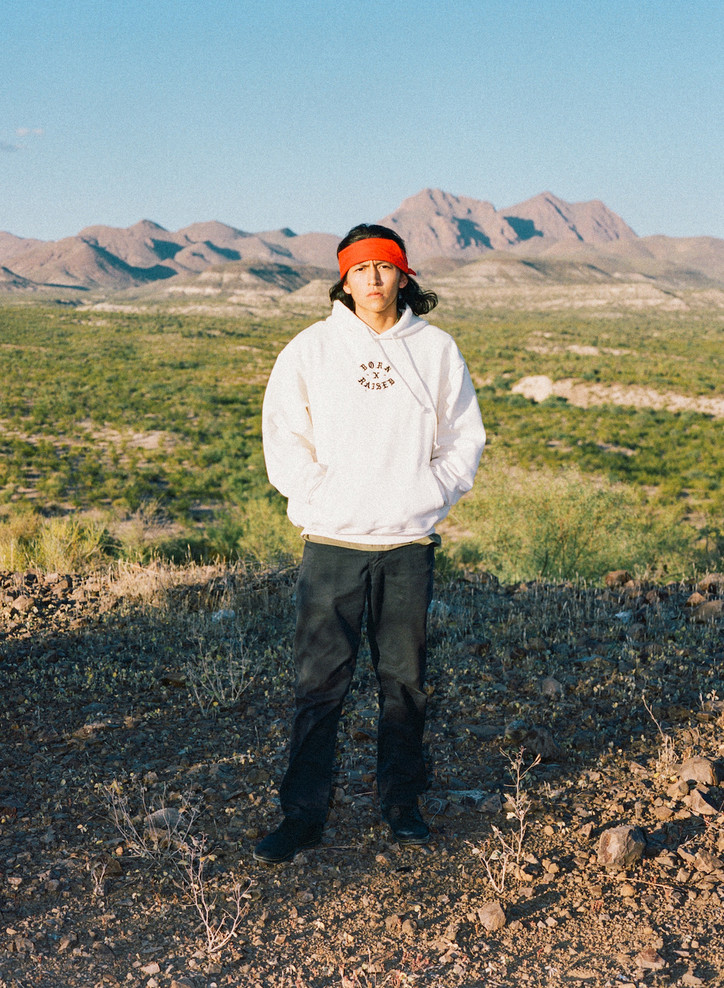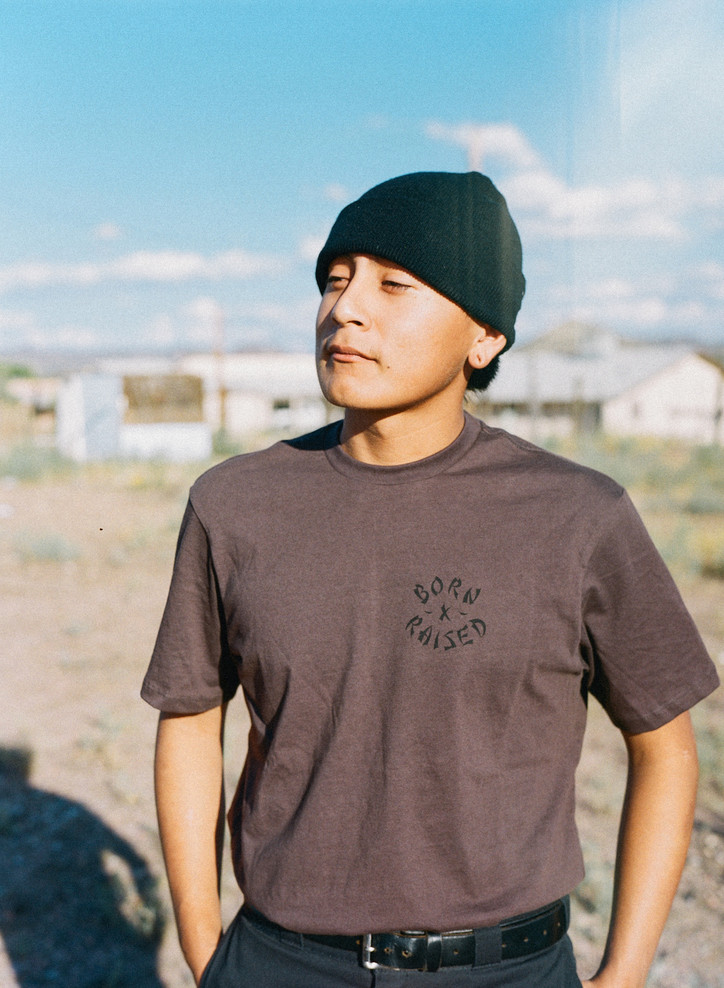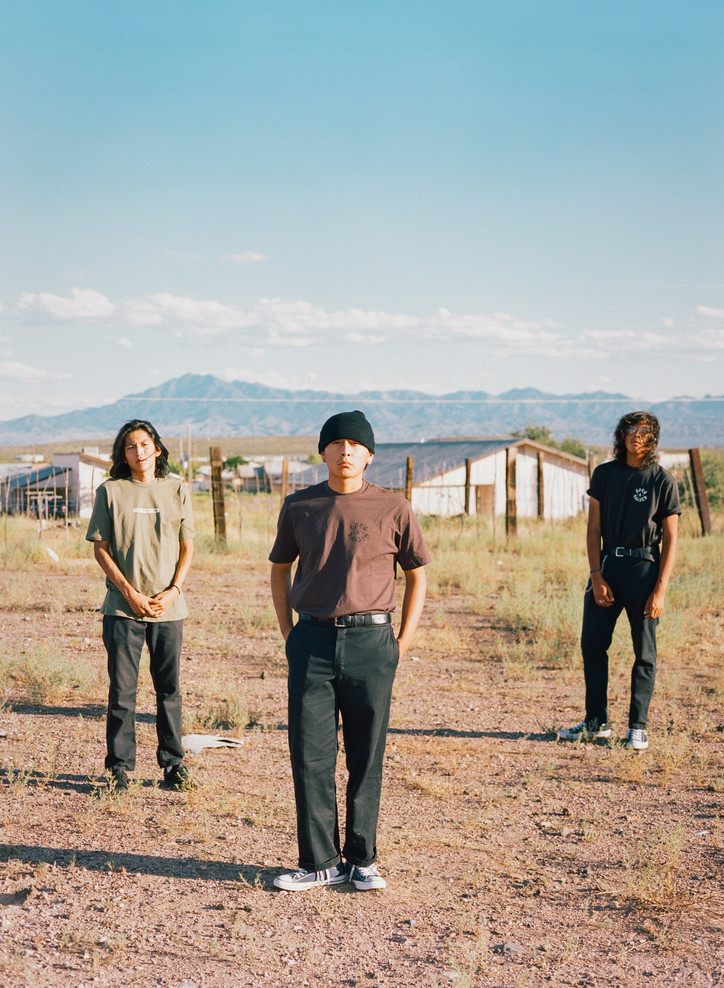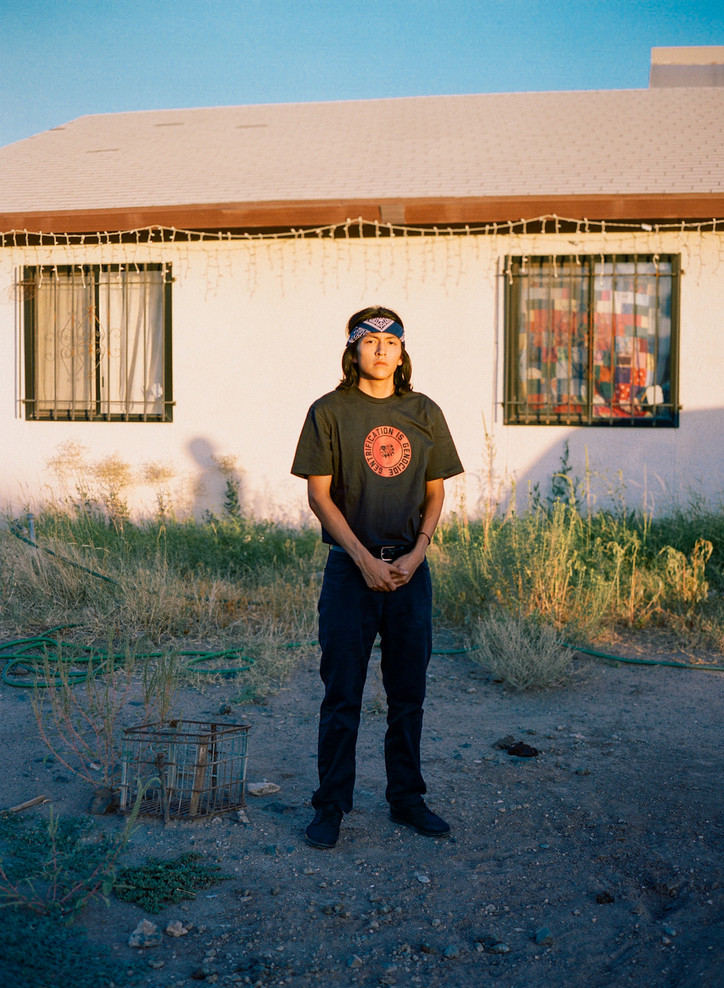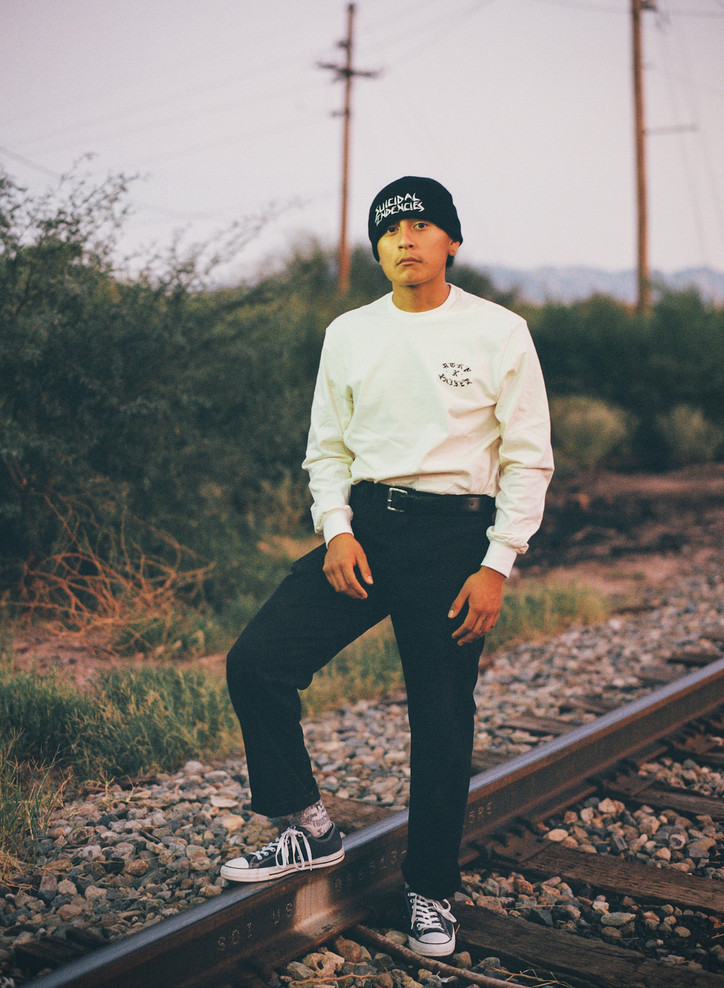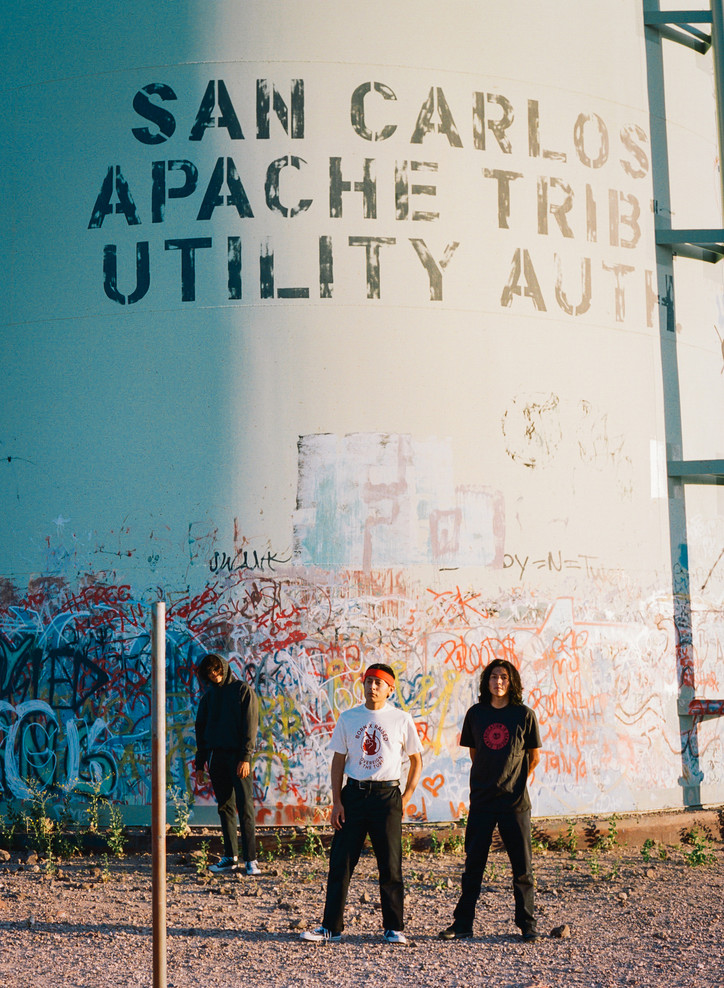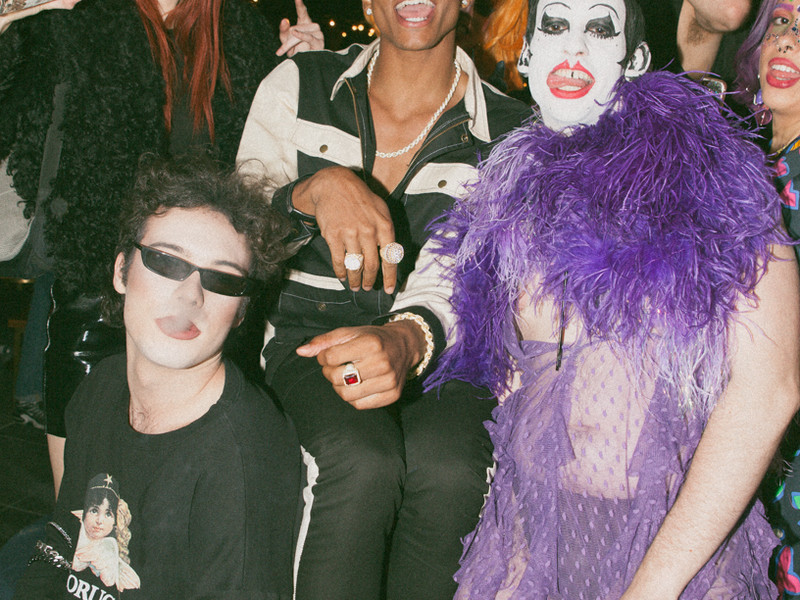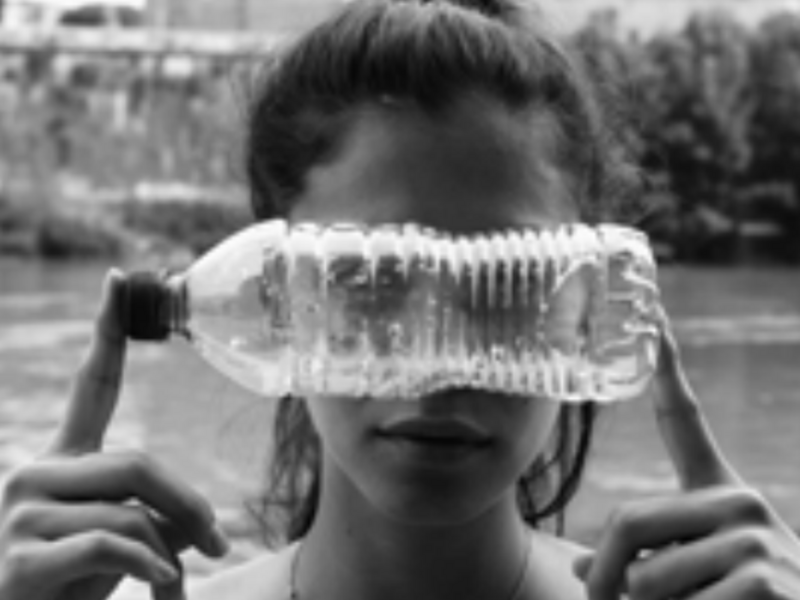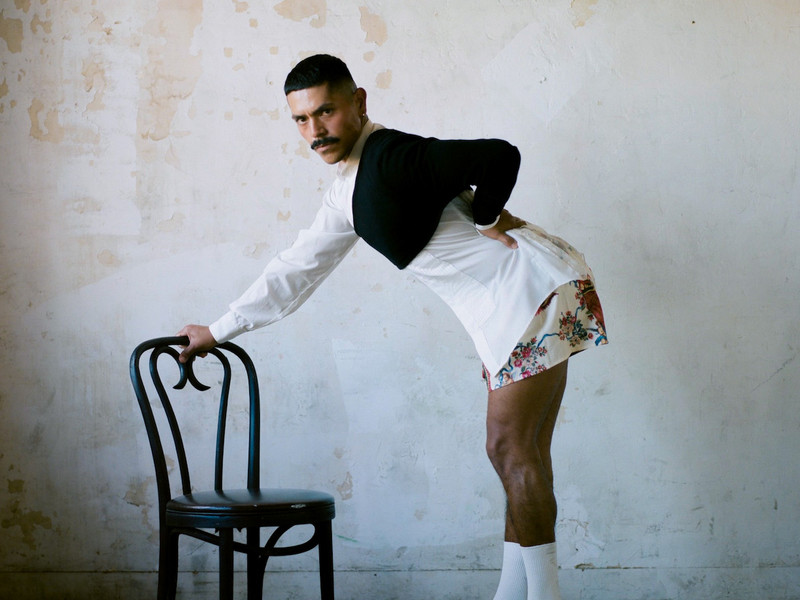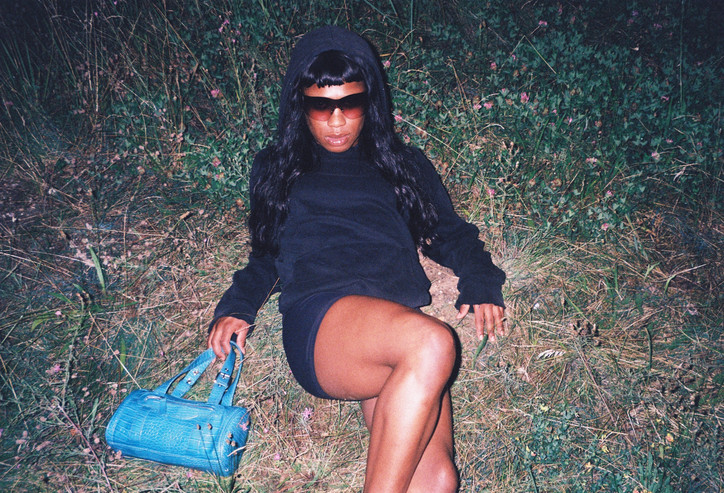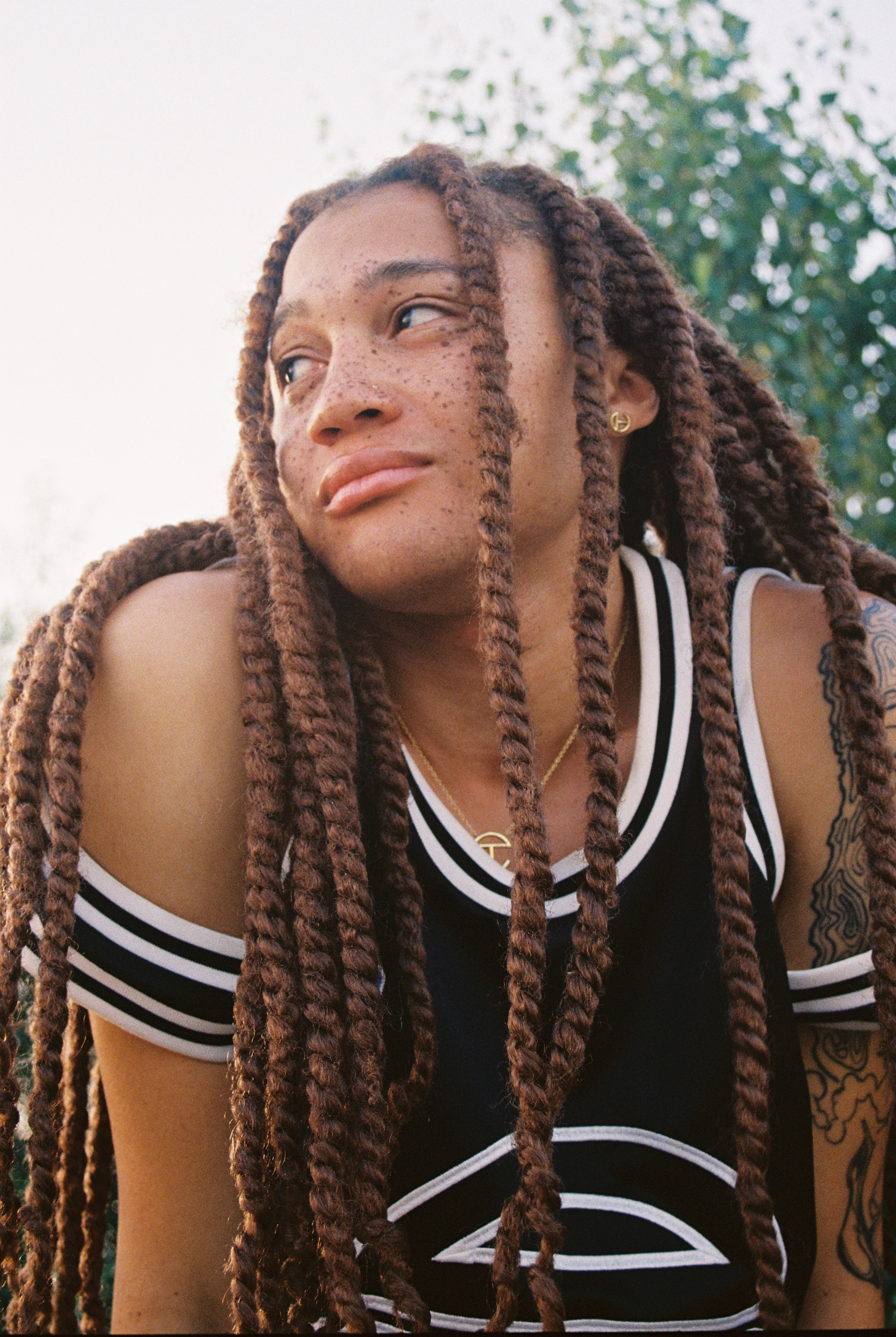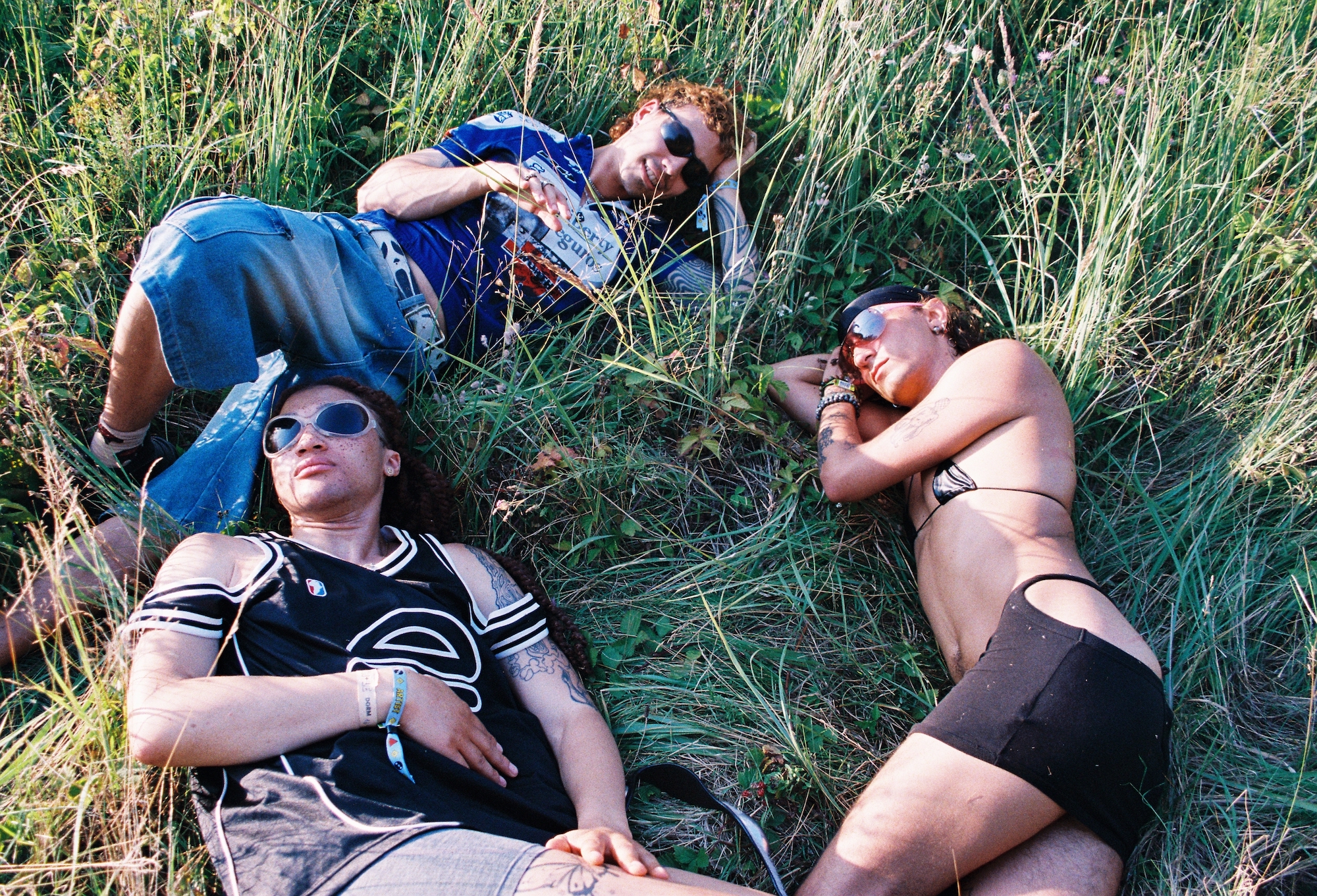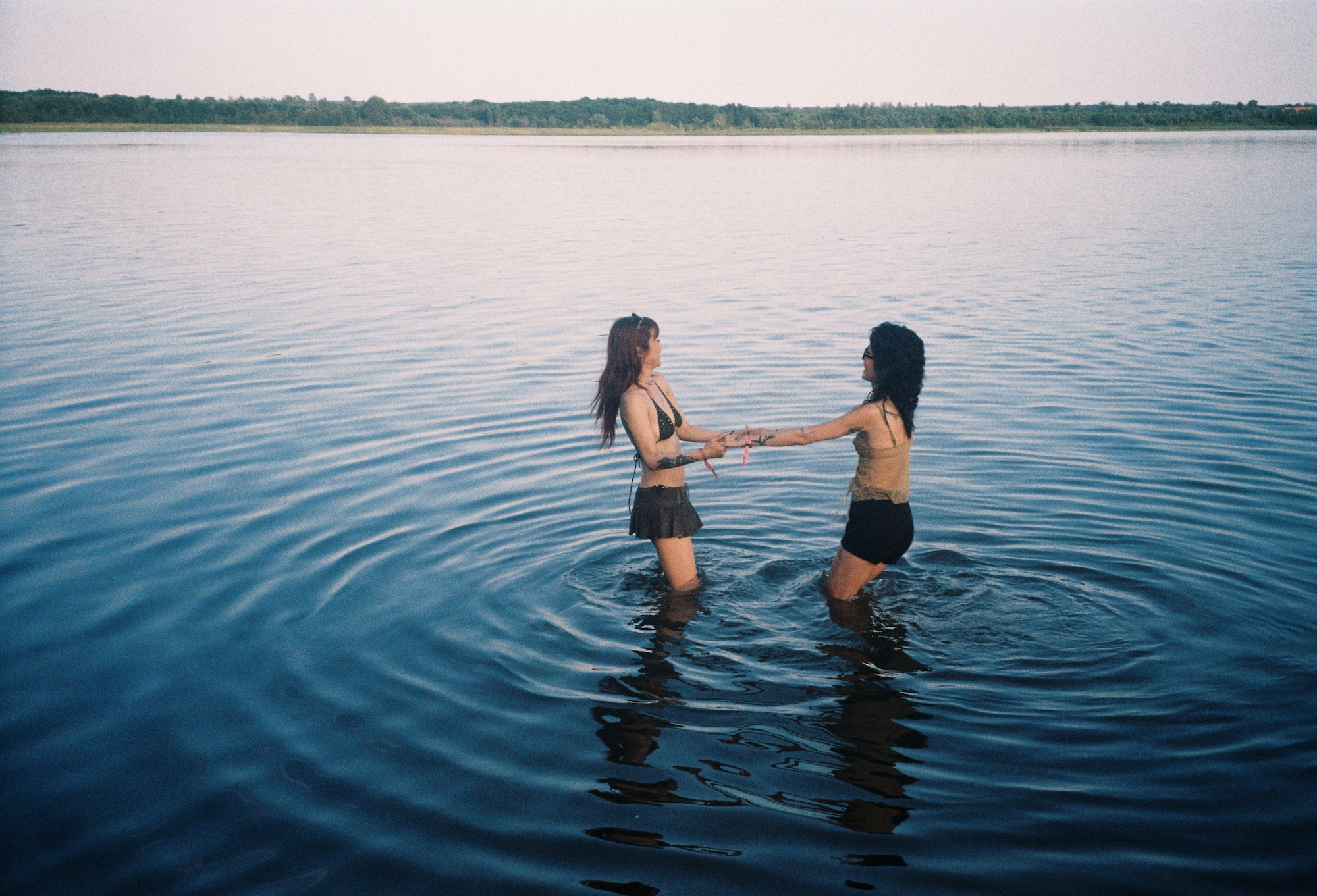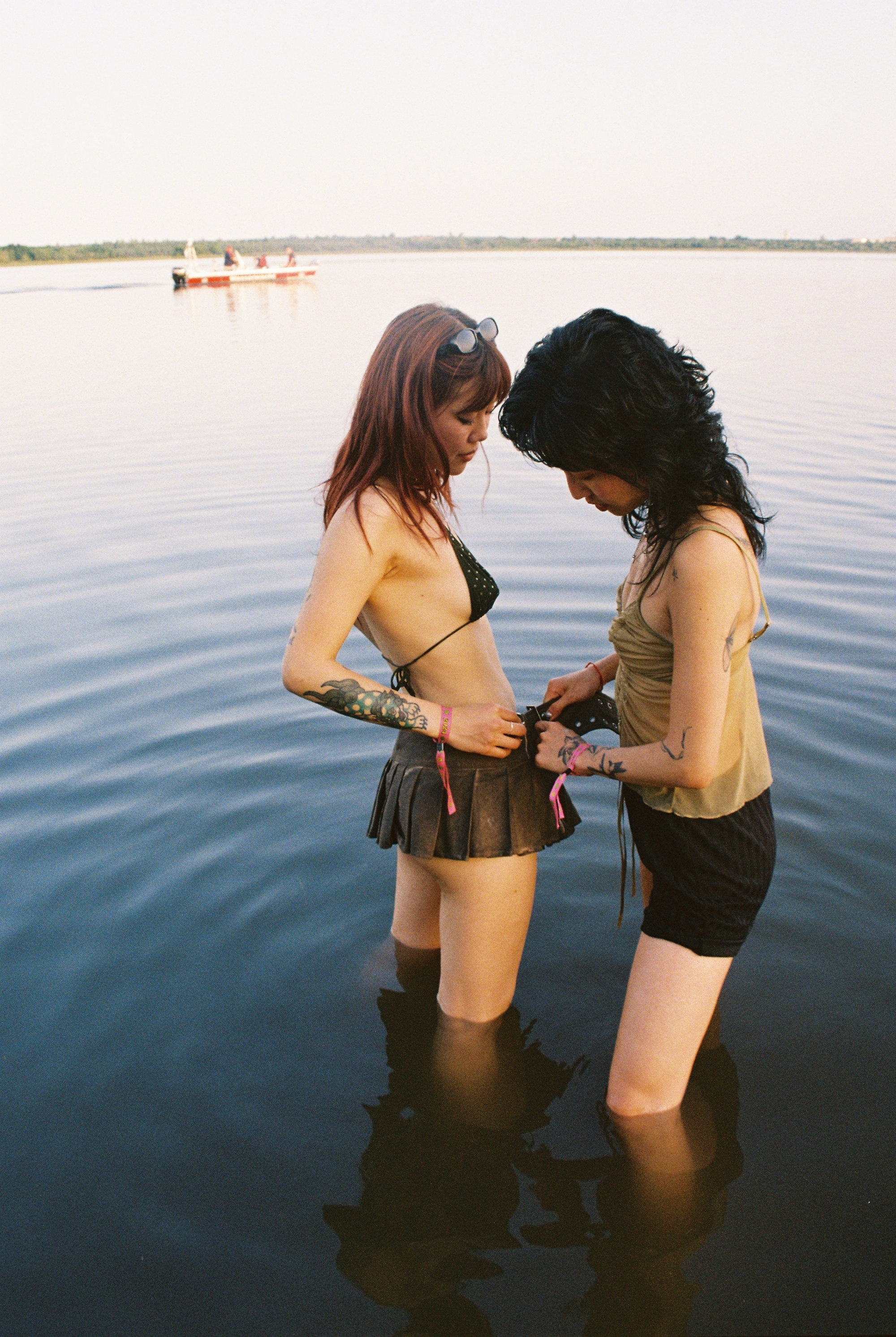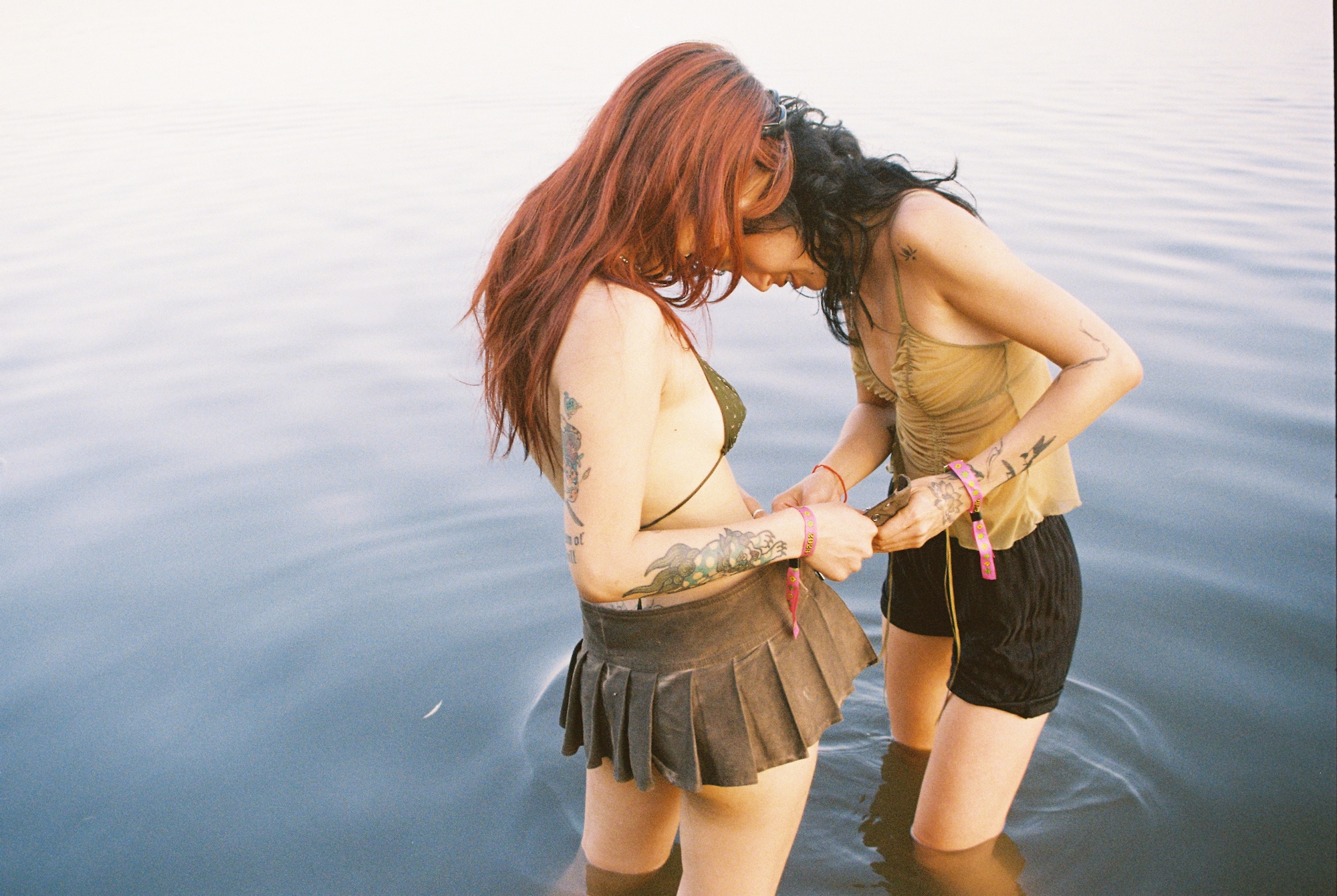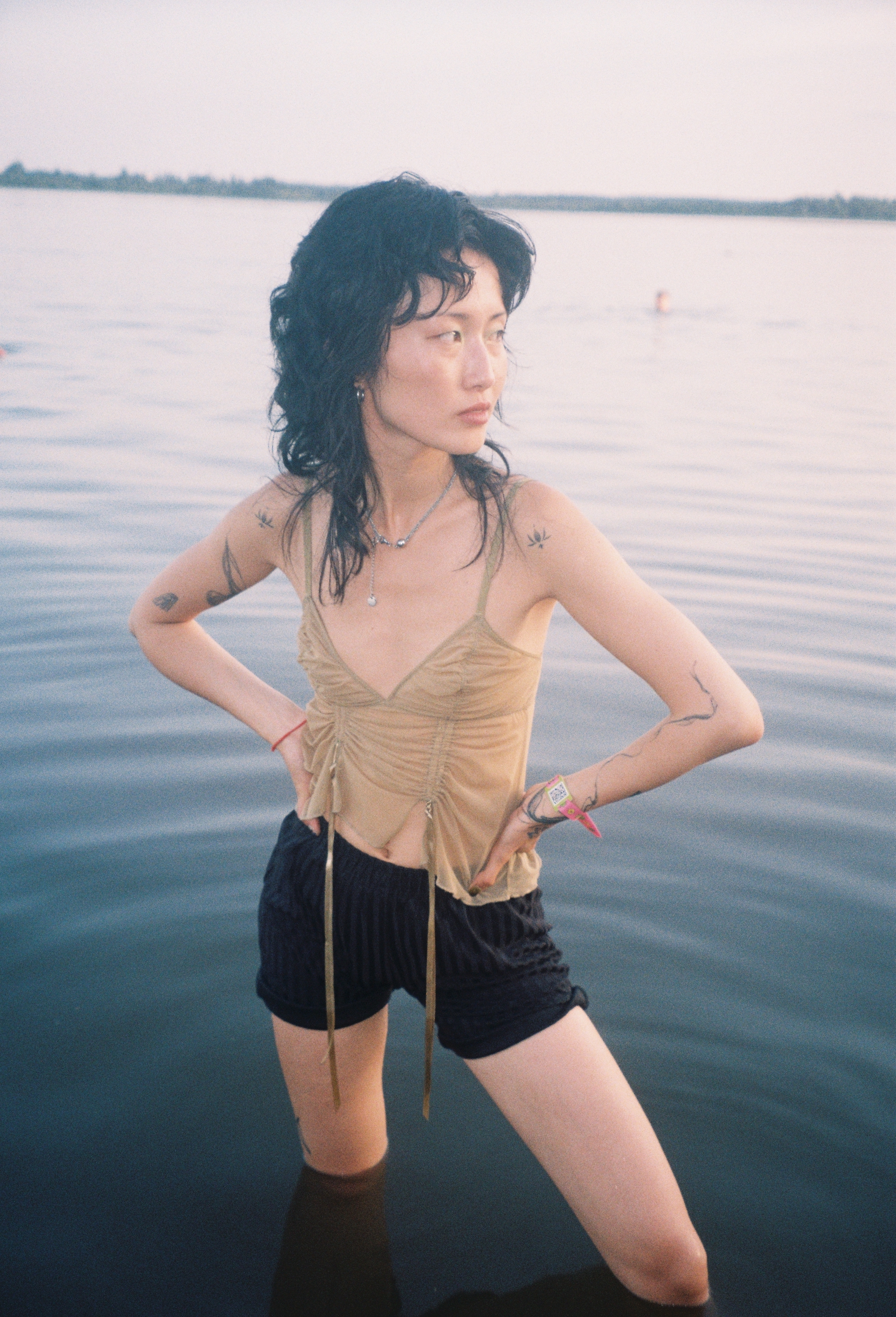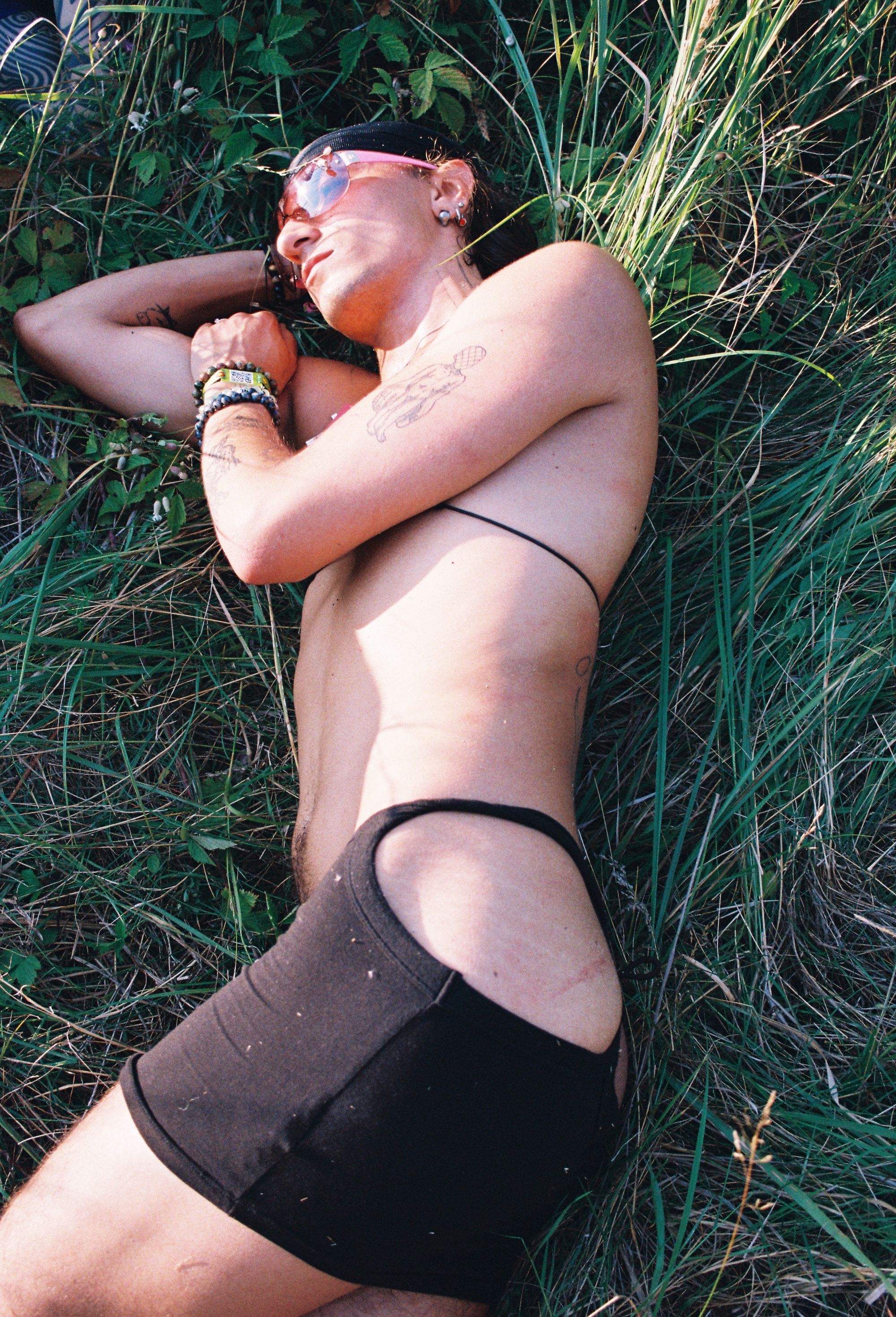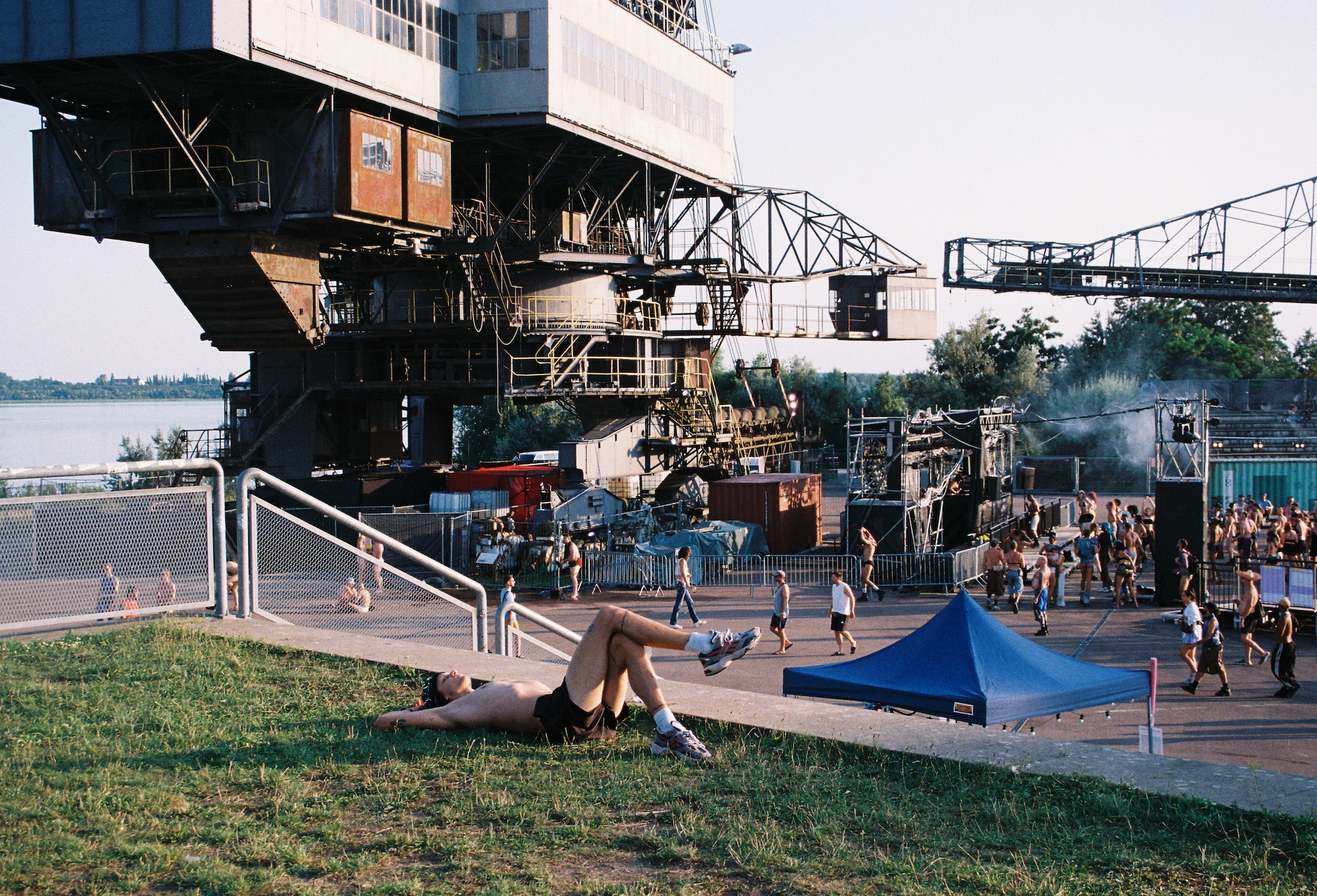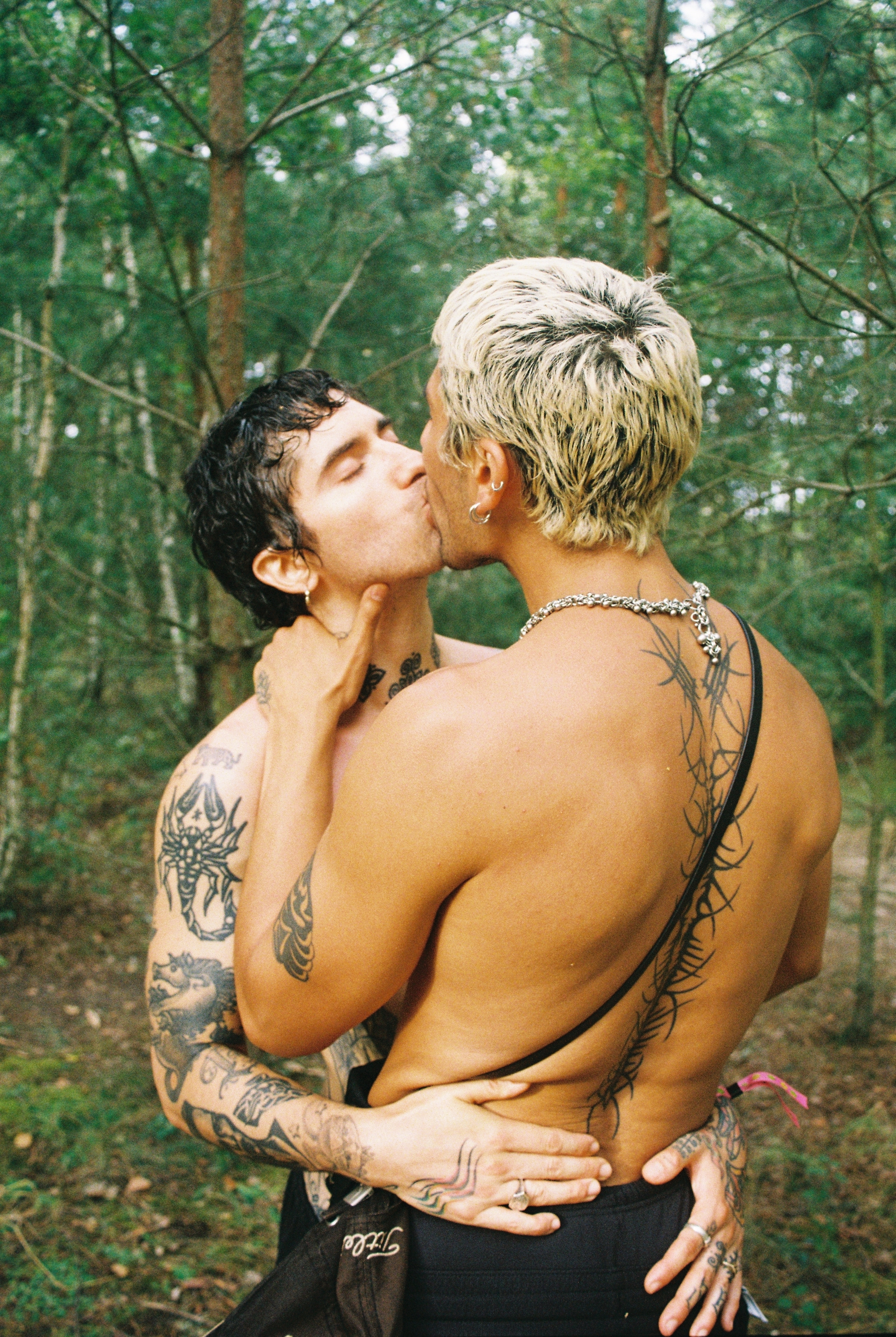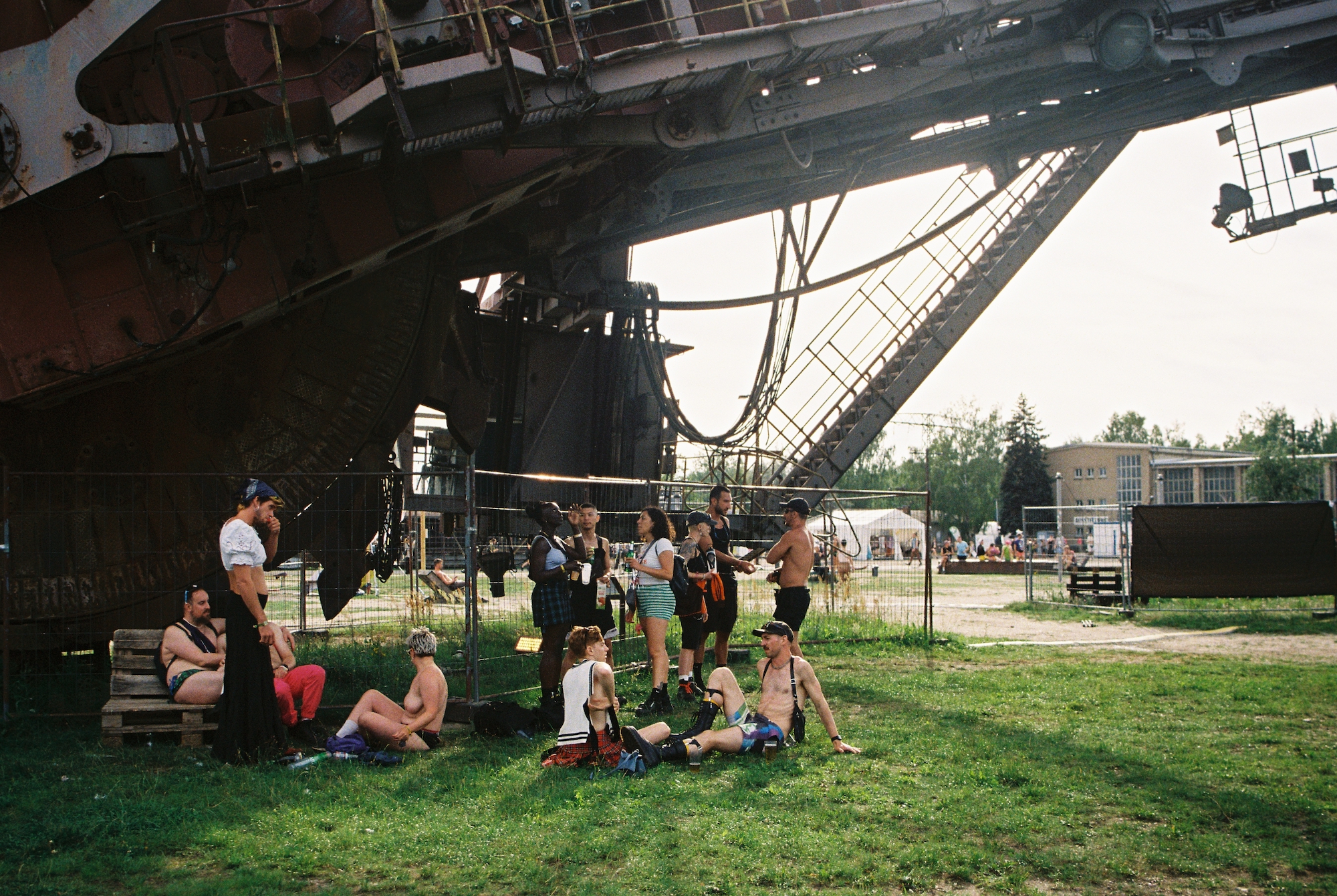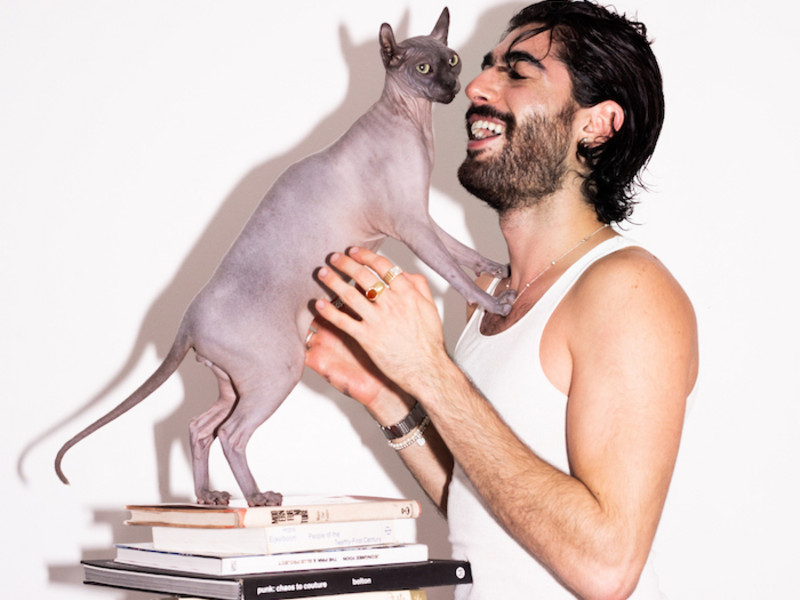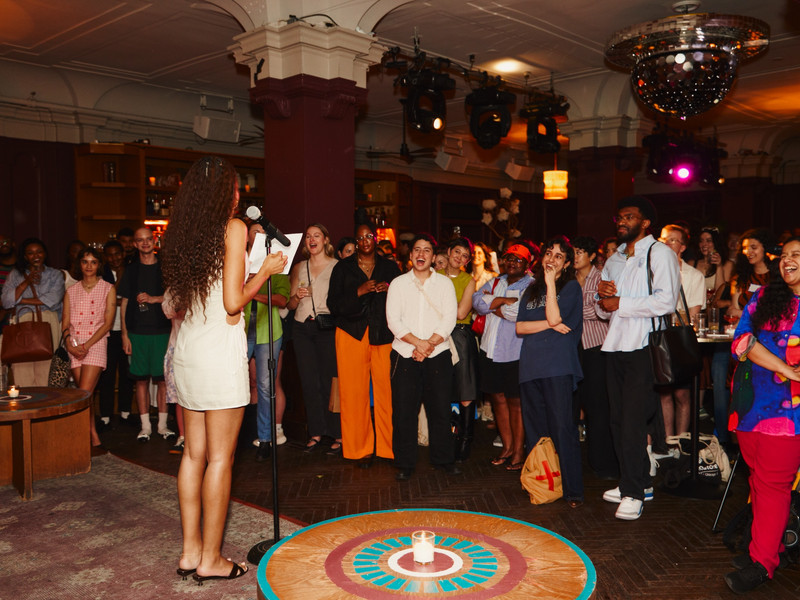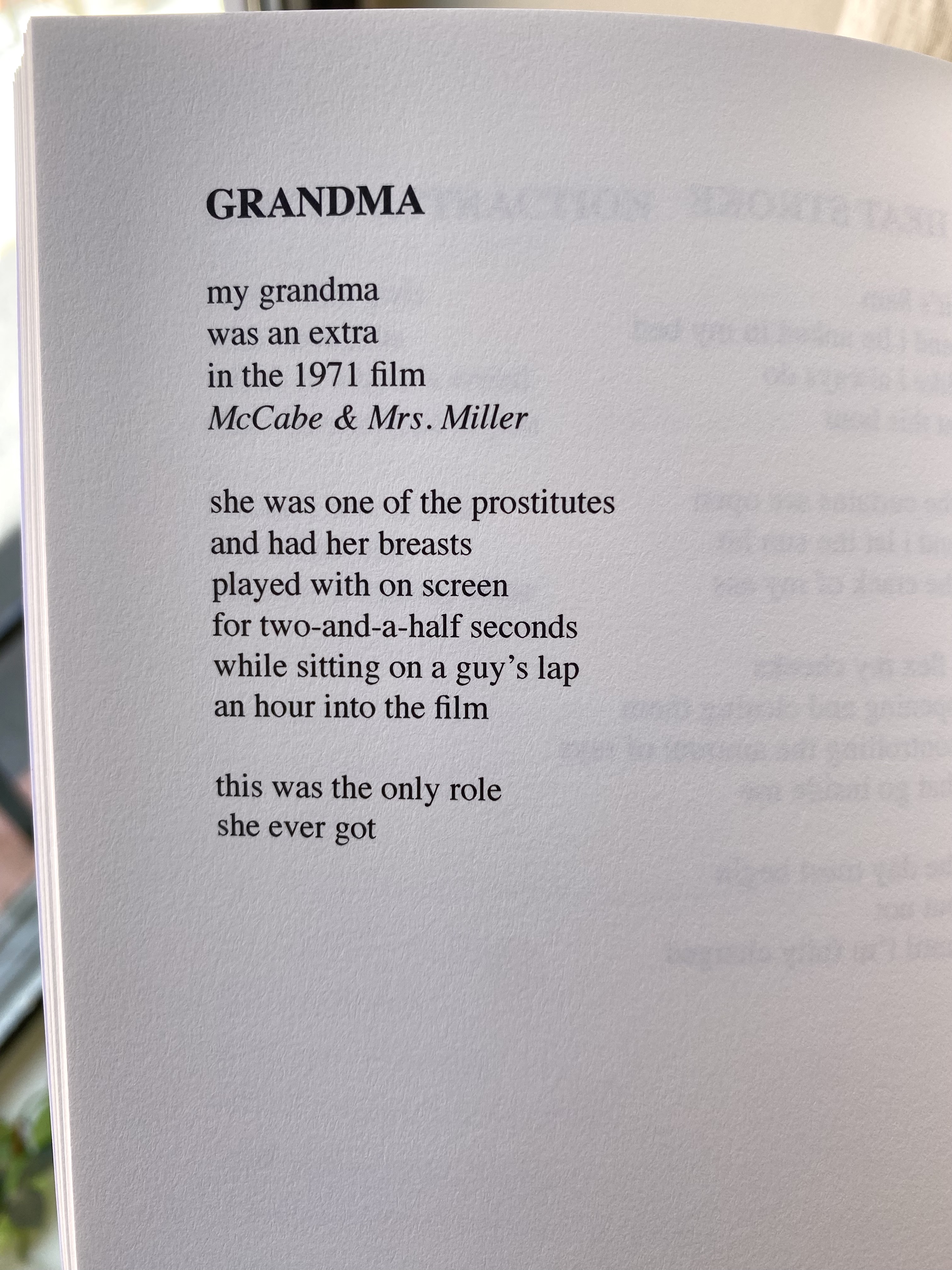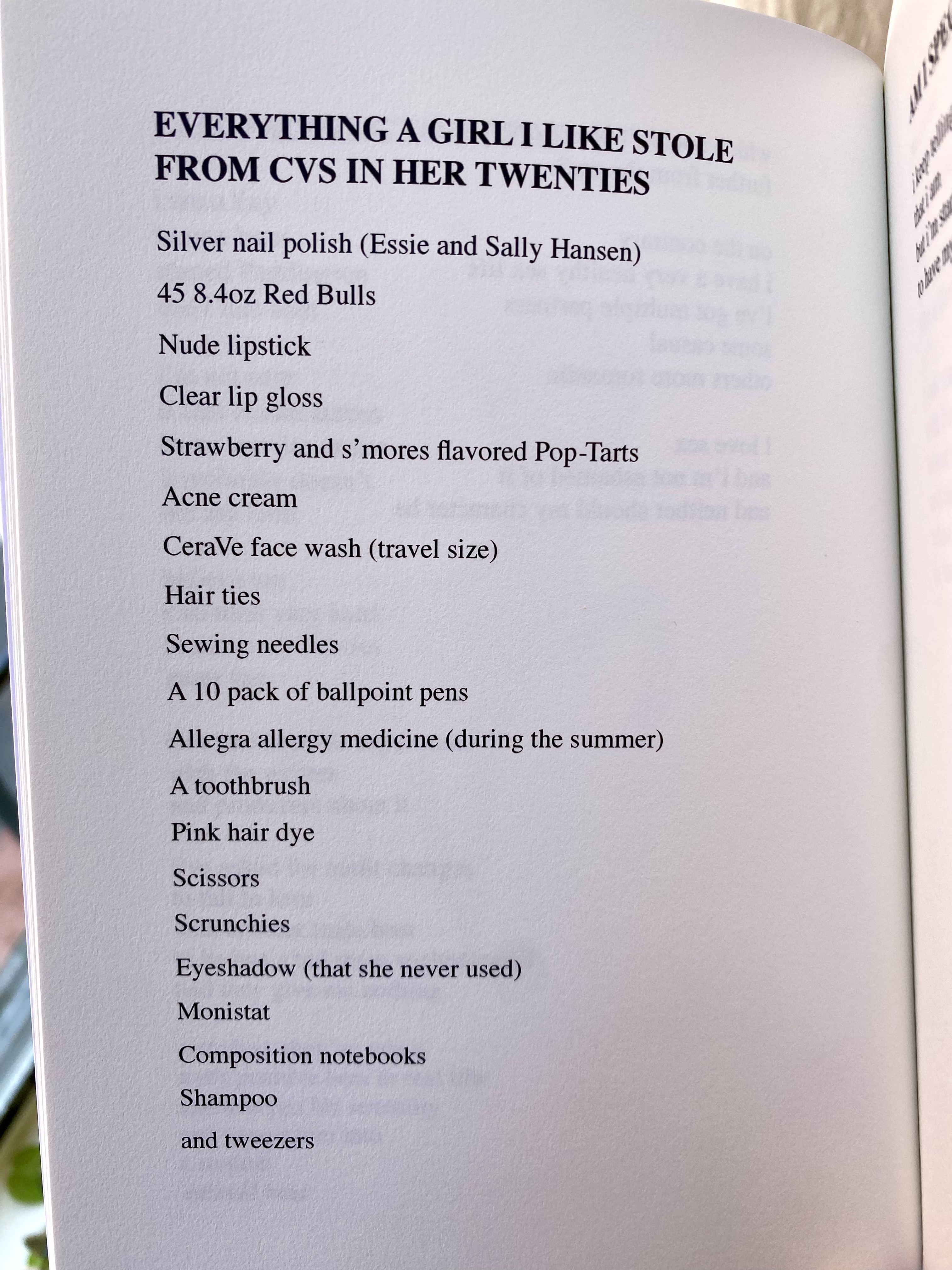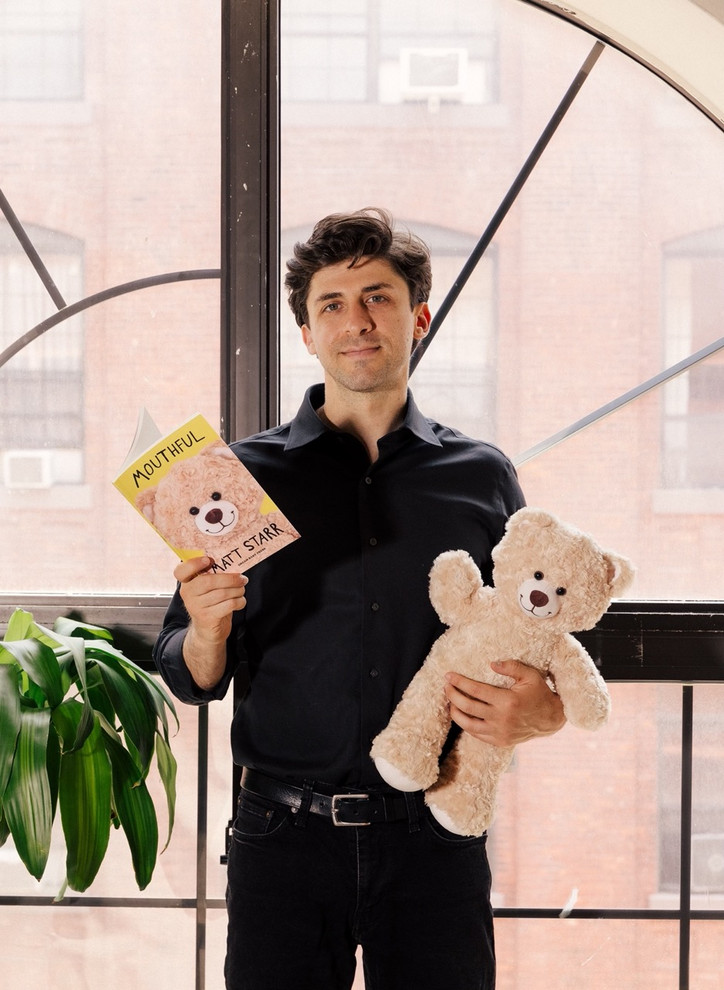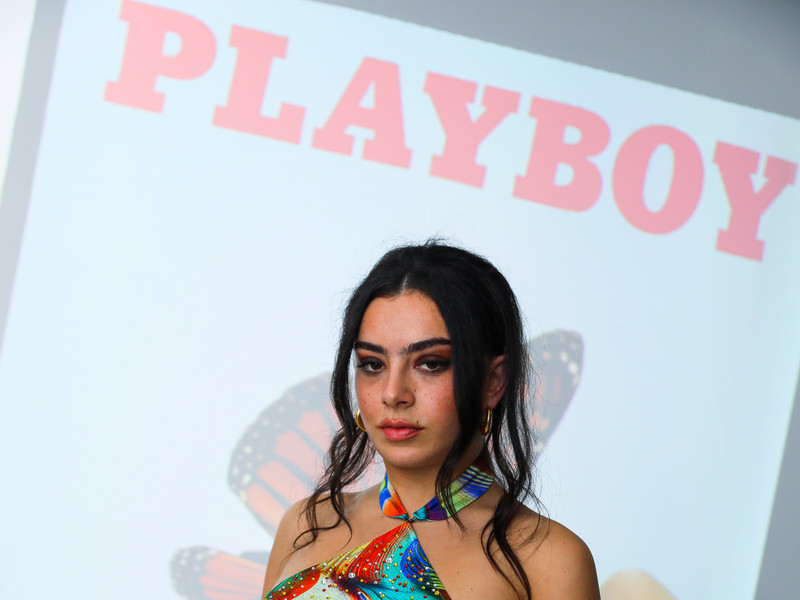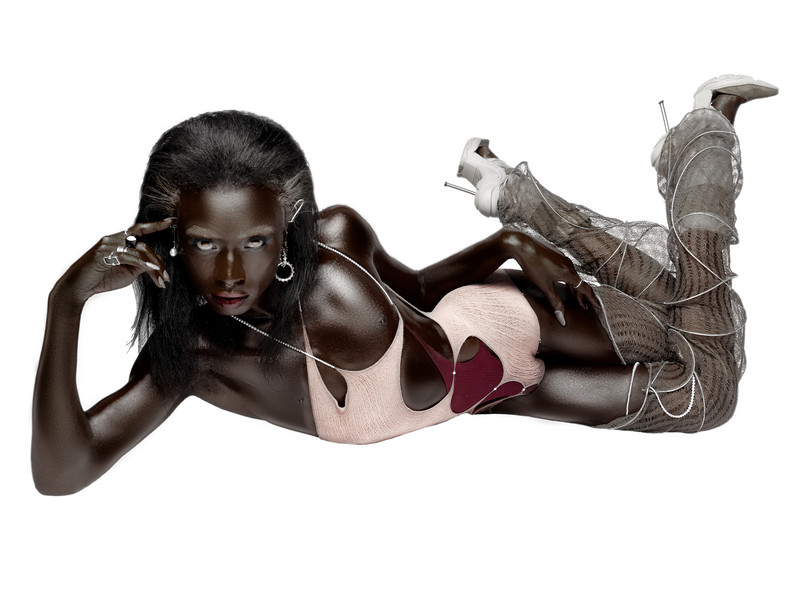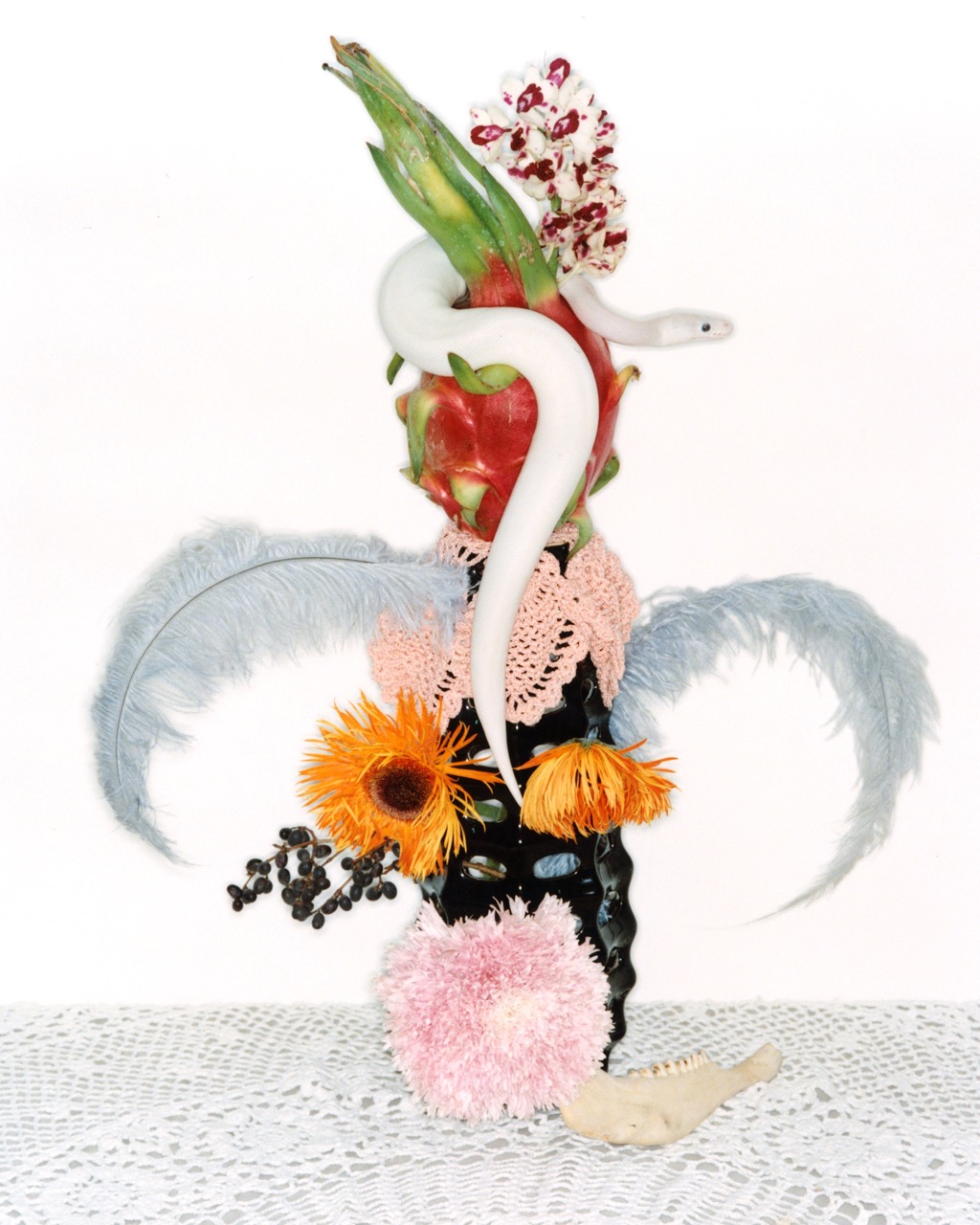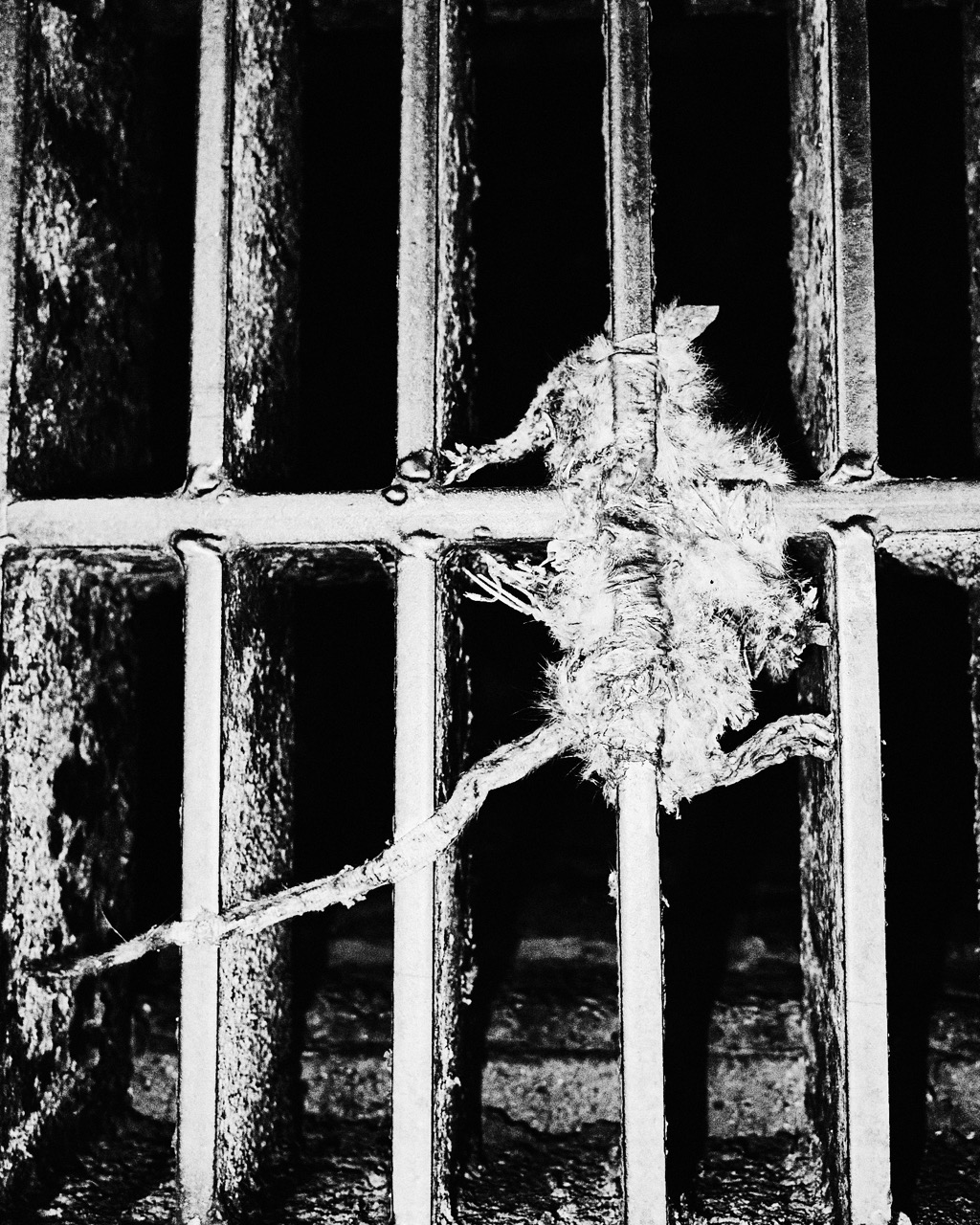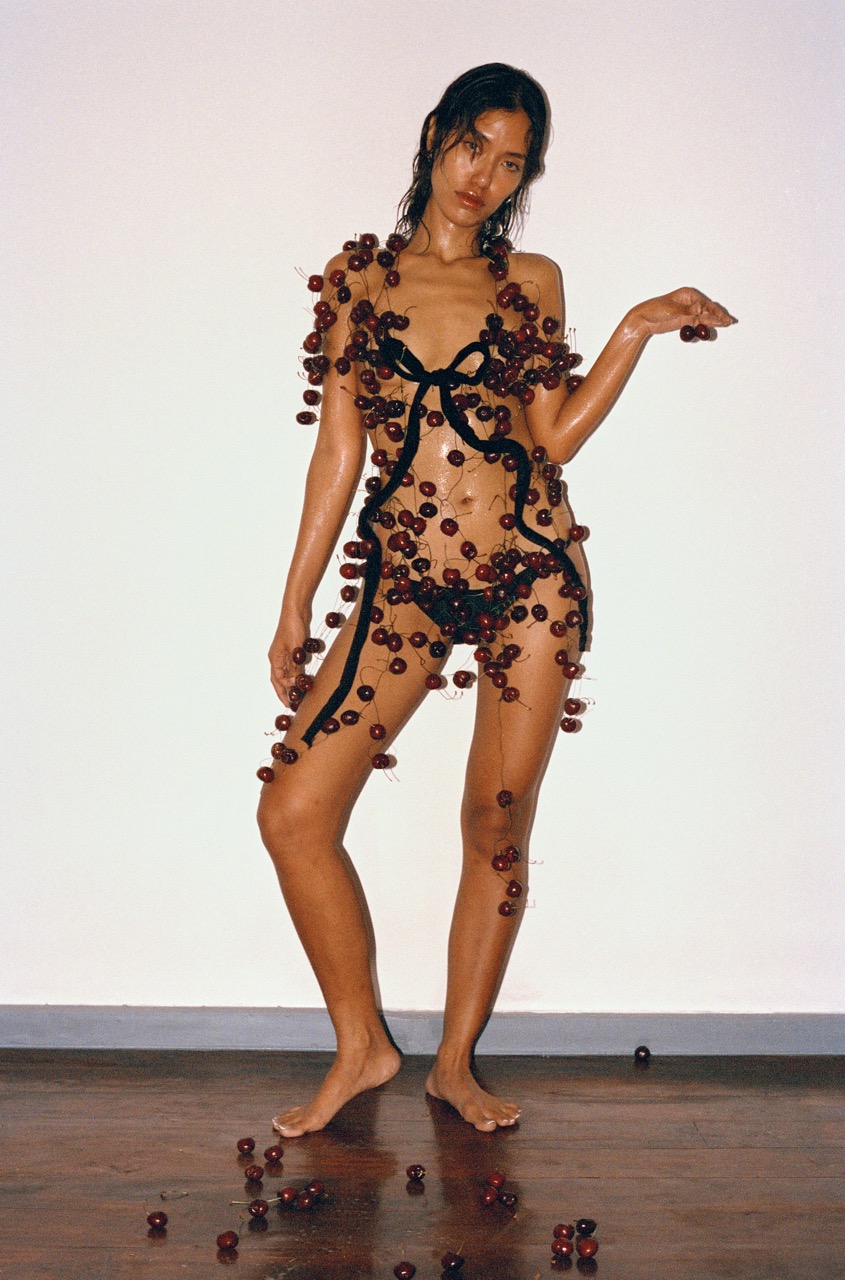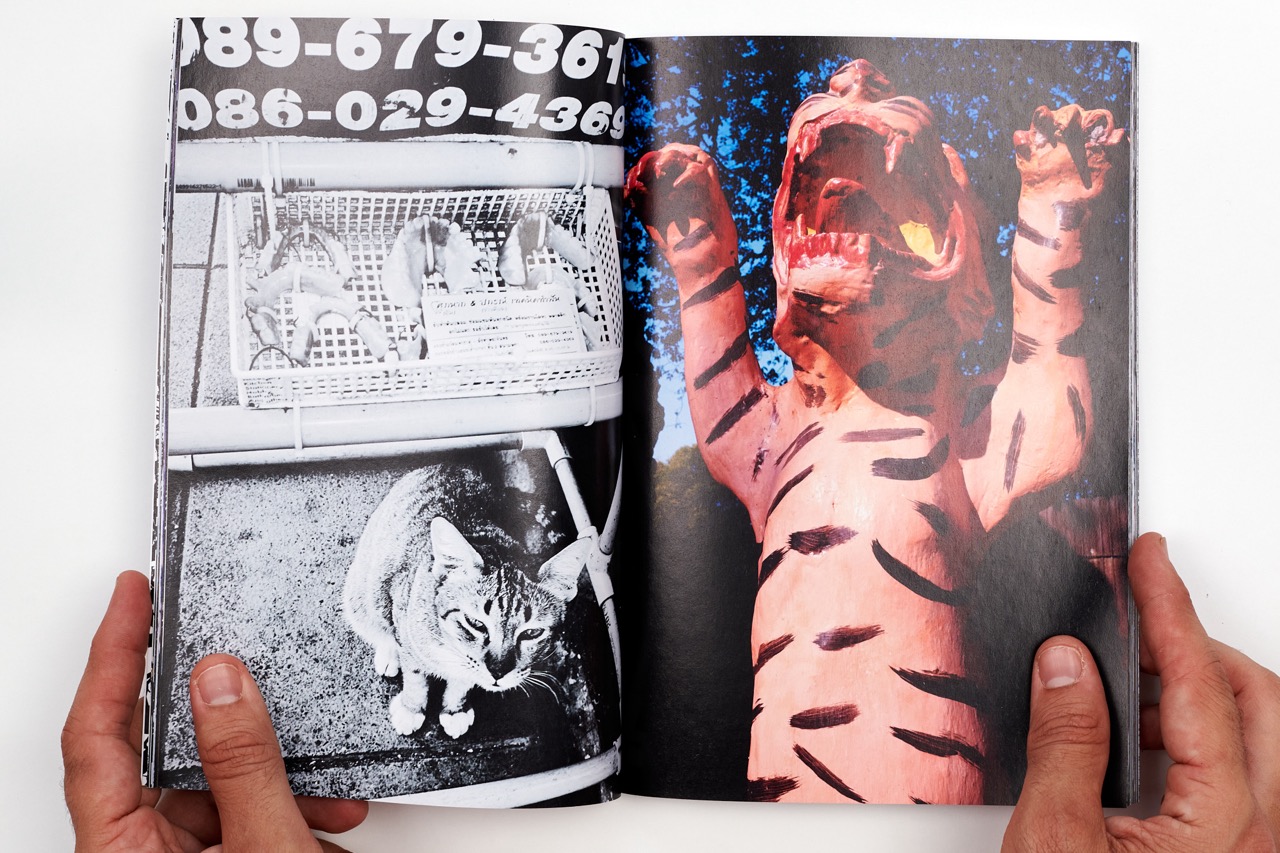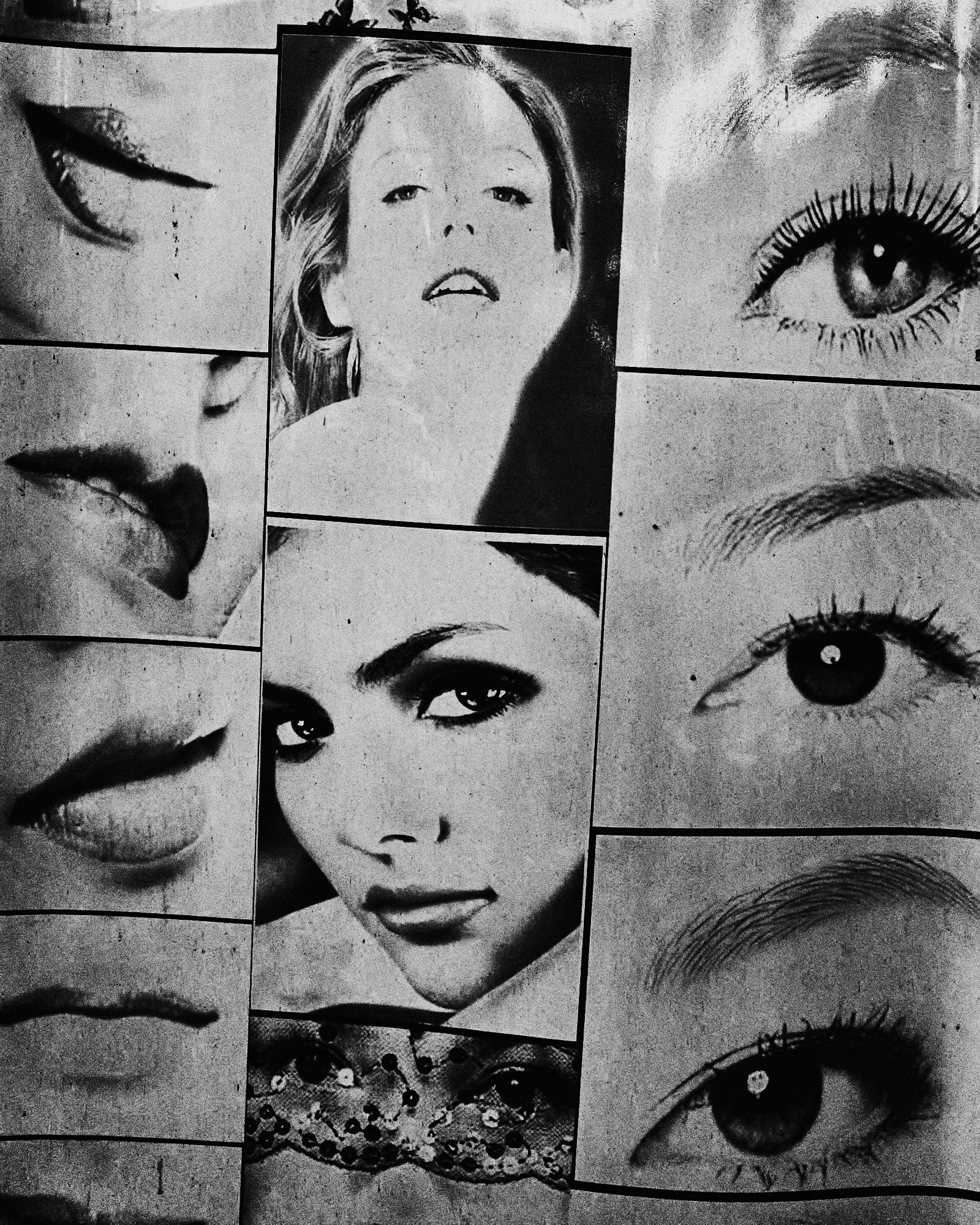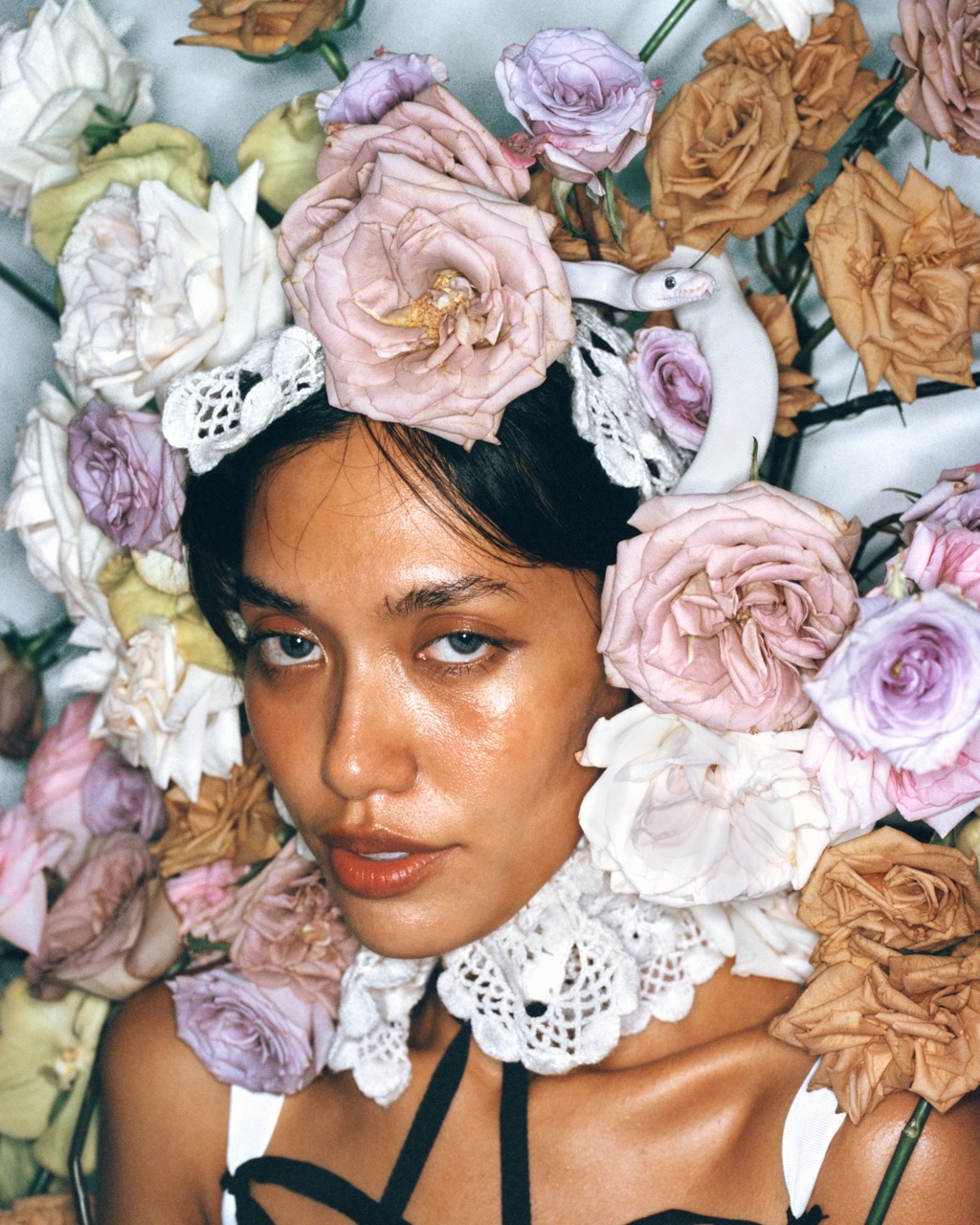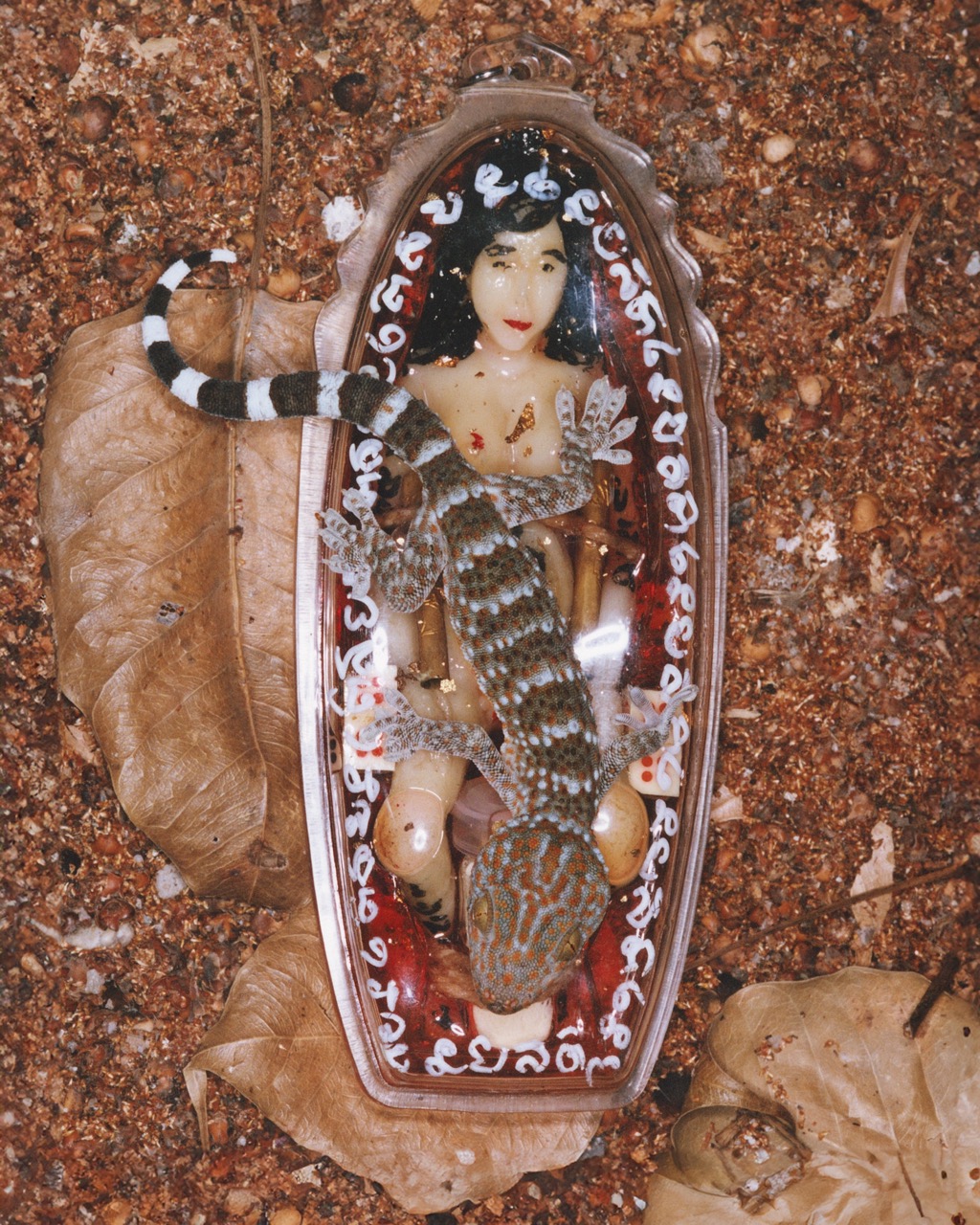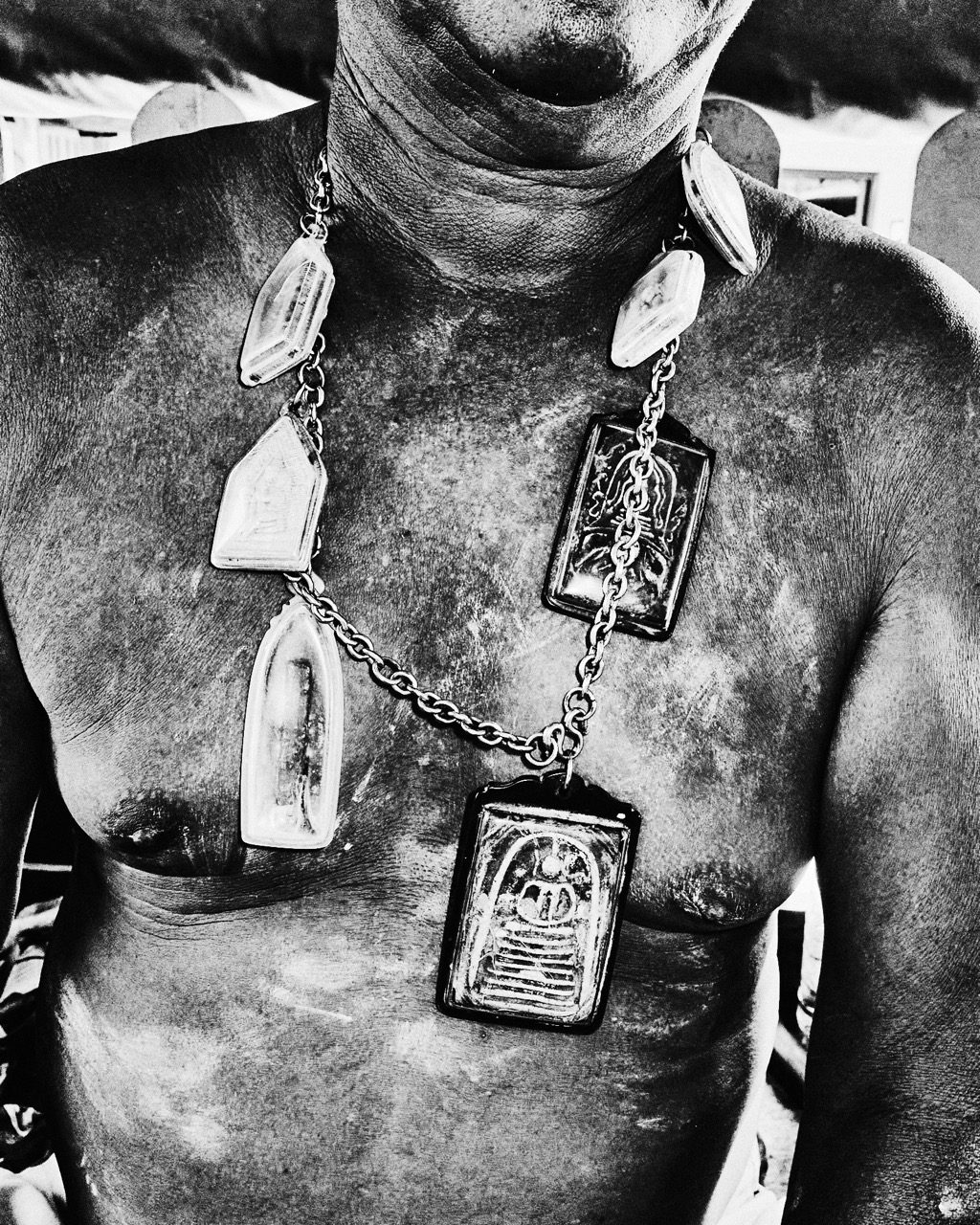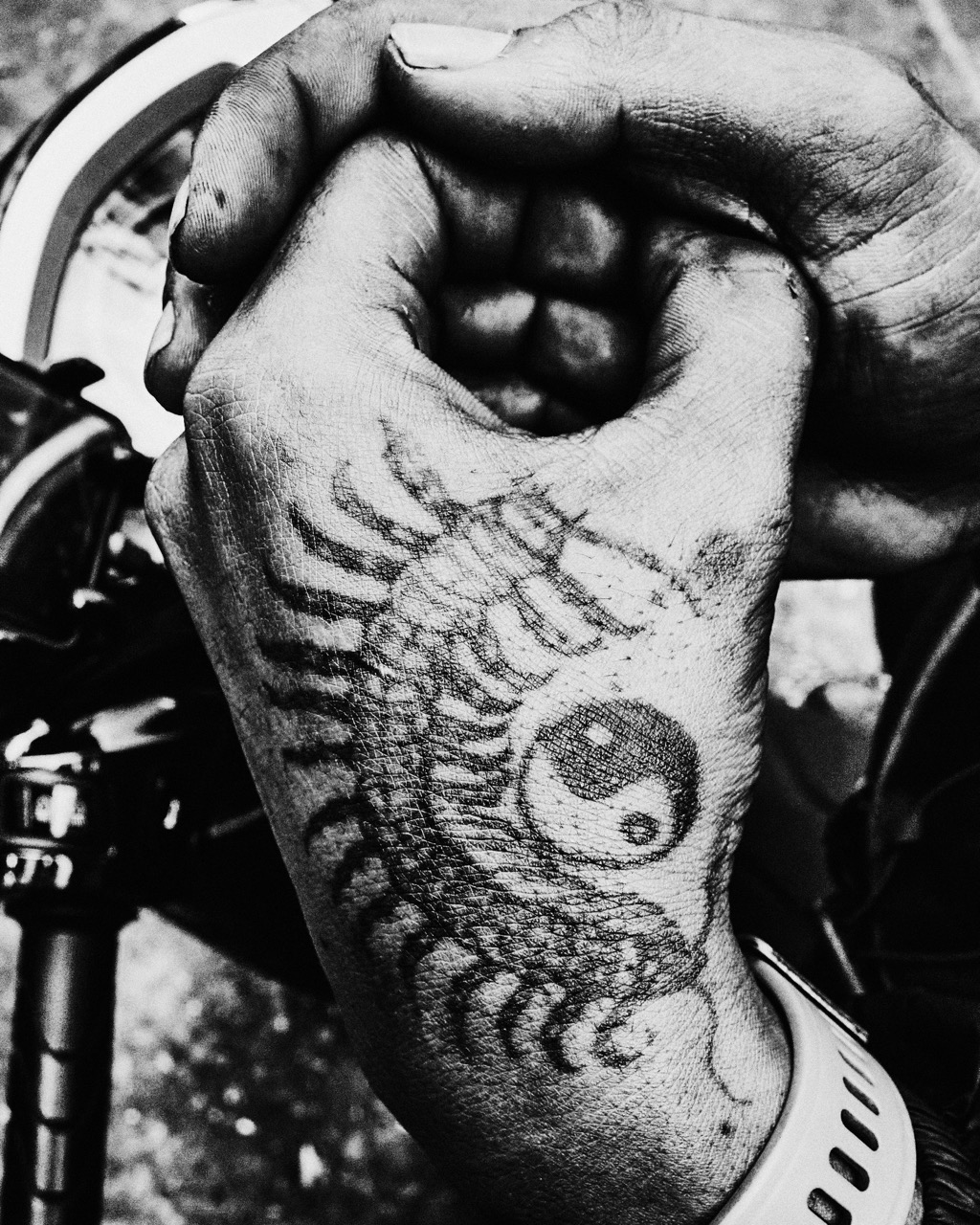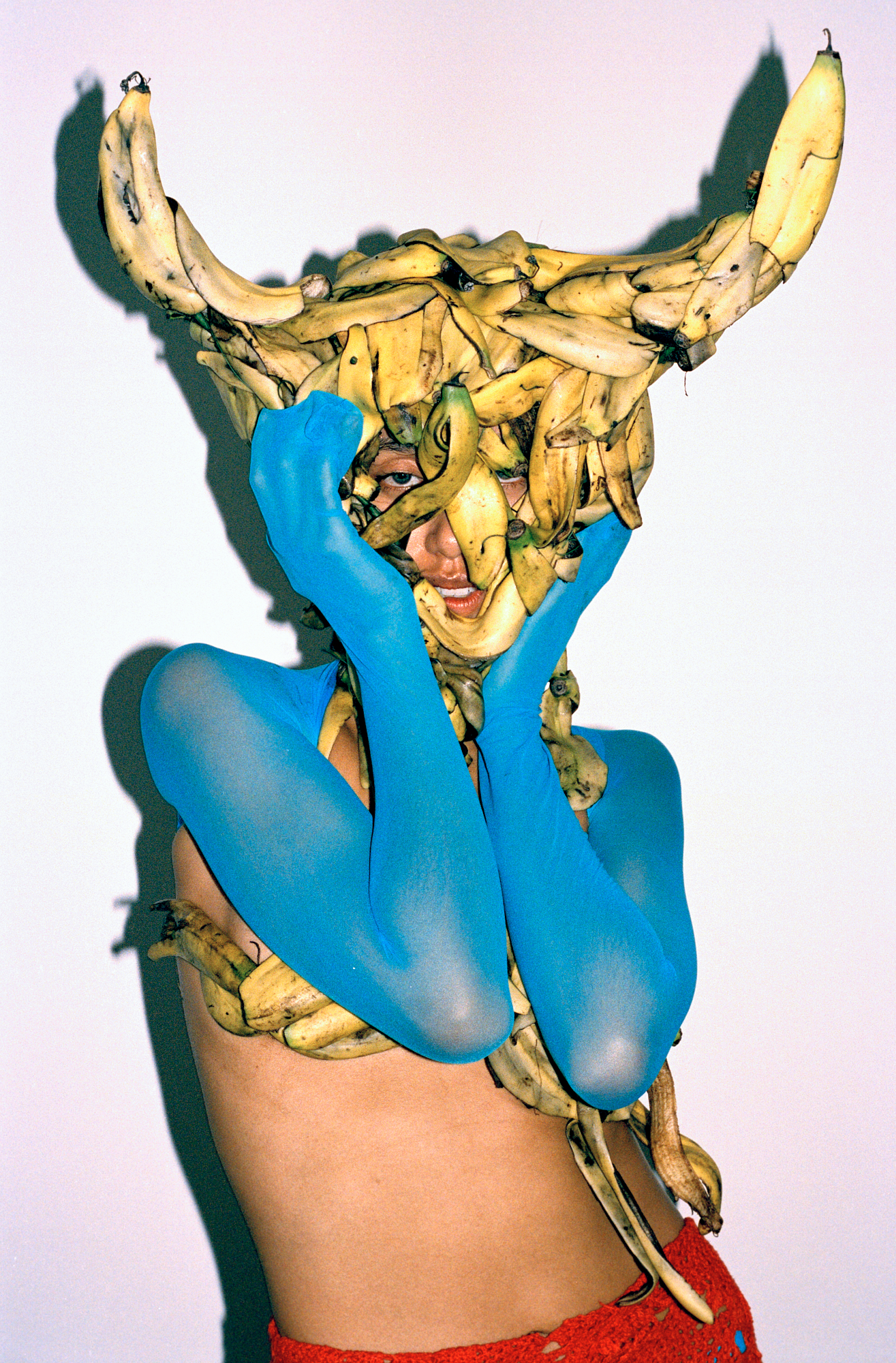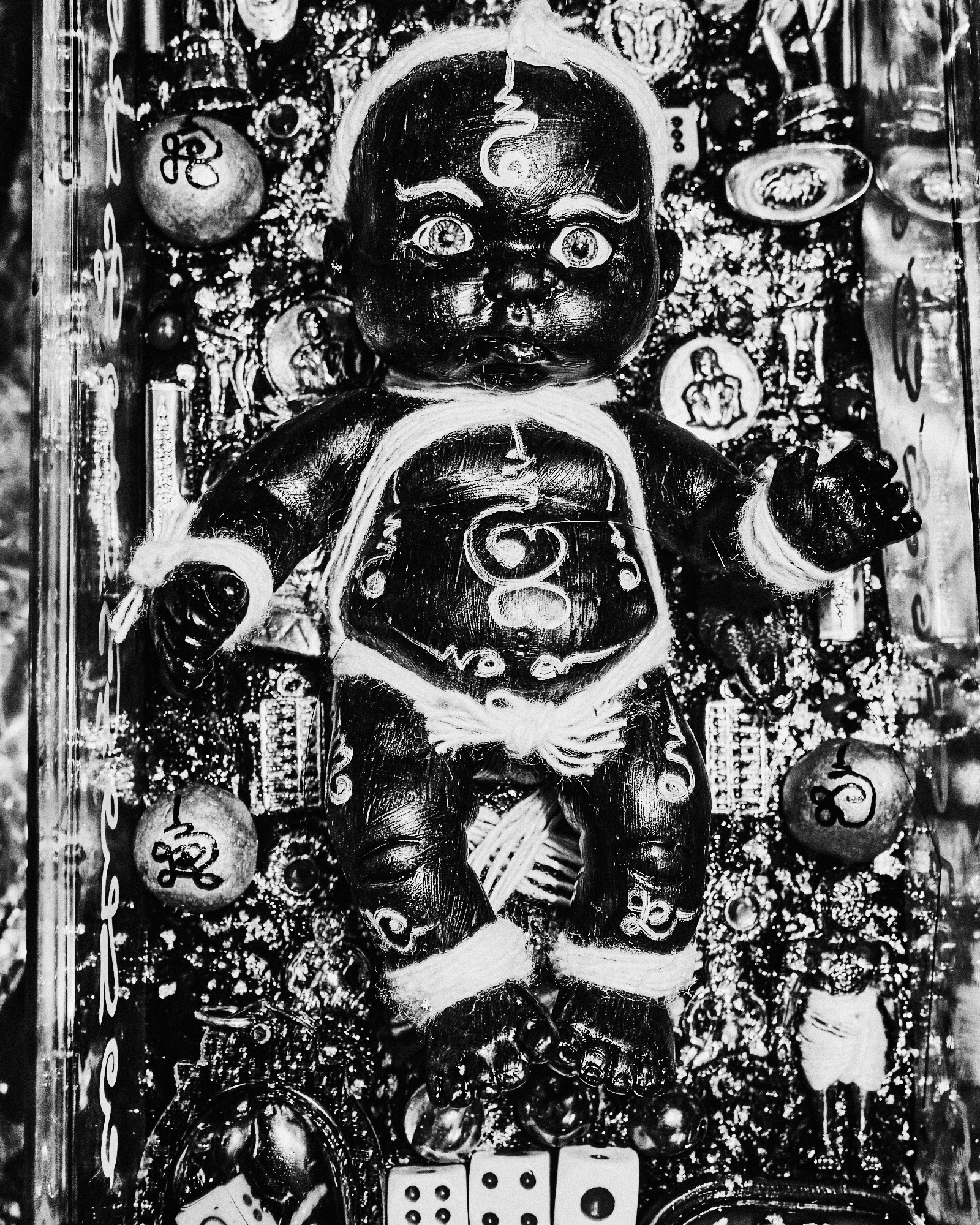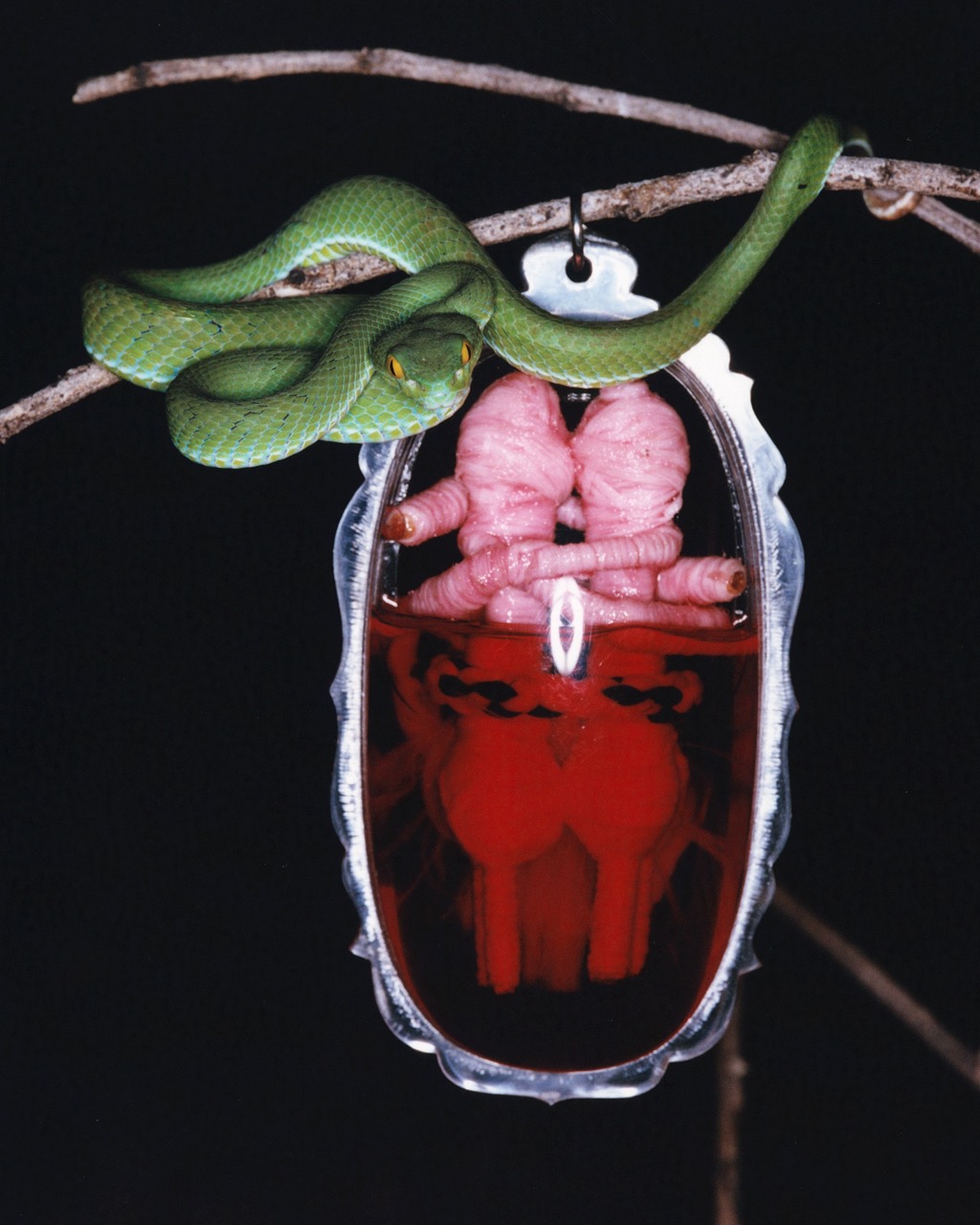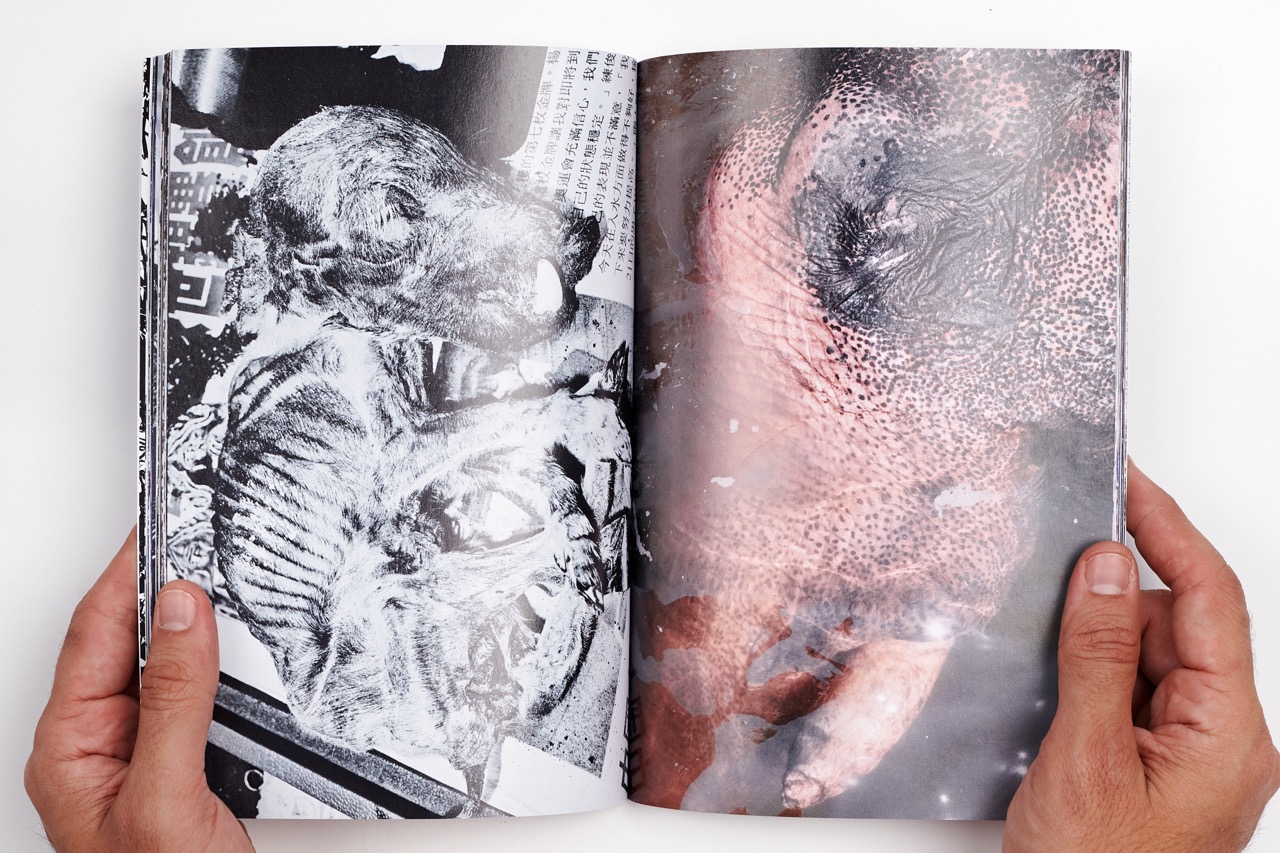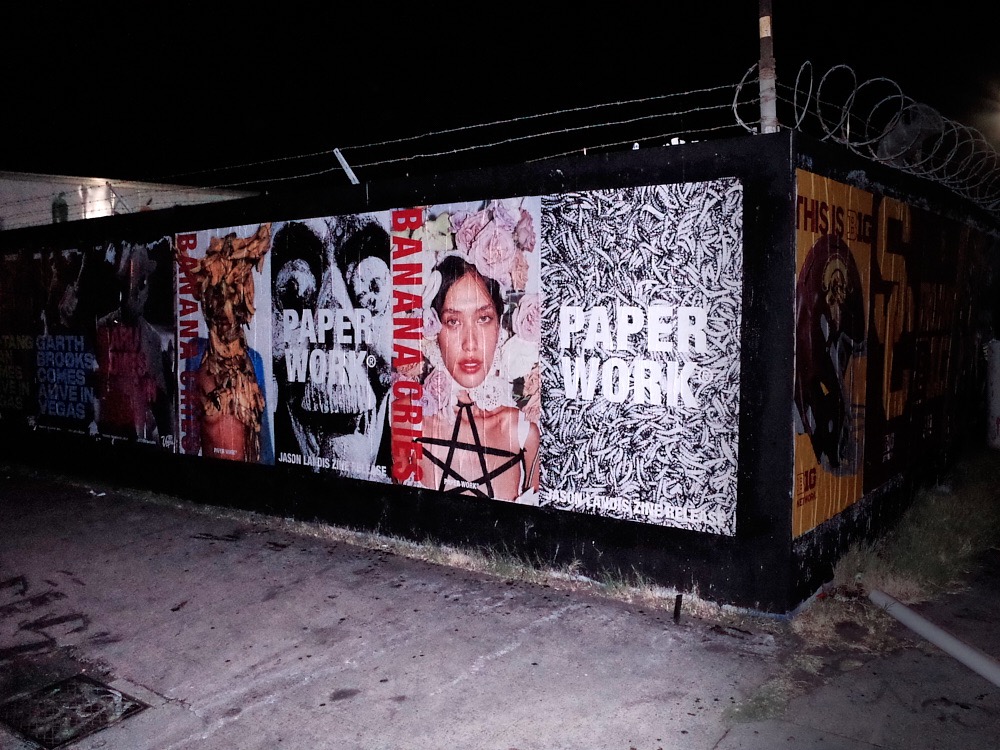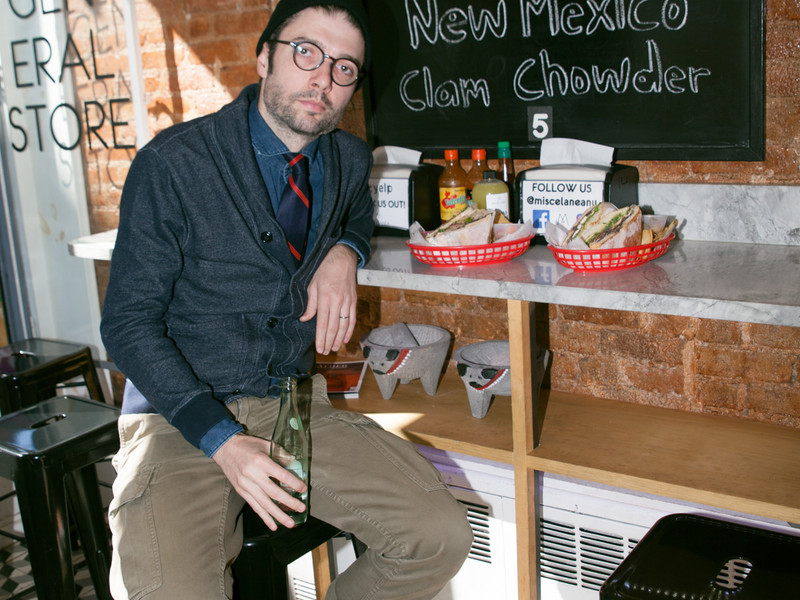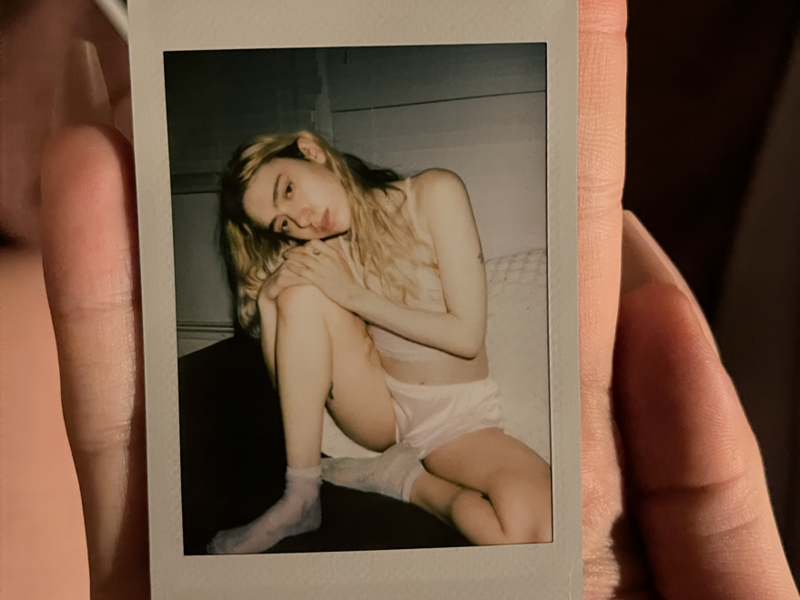In the serotonin-depleted slump following Berlin Pride, the city slowly begins to populate with fresh faces arriving from near and very, very far. The cause for our coalescence is Whole, the world’s largest queer electronic festival with an all-time high of 8,000 attendees this year. In an era of sanitized corporate Pride parades, Whole is a reprieve: an event for actual queer people. It takes place at Ferropolis, once the center of the global brown coal industry and now a monument to Germany’s short-sighted and short-lived industrial era. I attended its sixth edition with seasoned Berlin culture photographer Spyros Rennt to document the strange harmony between joy and ruin that occurs there, asking: who will dance after the end of the world as we know it?
Whole is a festival unlike any other, thanks in part to its unique booking style. Rather than sourcing individual headliners to generate traction, it has grown organically each year by hosting a distinctive constellation of underground queer collectives from around the world. Well-known regional players like Berlin’s Mala Junta and London’s Adonis are unsurprising mainstays, but it reaches intently further with collectives like Equation (Vietnam), Mamba Negra (Brazil), The Death of Glitter (South Africa), Veselka (Ukraine), and ZVUK (Kazakhstan) rounding out this year’s program.
Over four days of constant programming, near-sleepless attendees traverse a global sampling of the queer community’s many undergrounds. After braving the 20-minute lakeside walk from the camping area to the peninsula, only somewhat regretting foregoing the Salomons for my two-inch platforms, I am greeted by the distant pulsing of Tokyo’s techno godfather DJ Nobu performing unmissably at the center of a massive concrete amphitheater. From there, I follow a meandering wooded path to the festival’s most iconic stage, a face-shaped dock suspended on the lake with Gabrielle Kwarteng and OMOLOKO peeking out through the clouds of smoke emerging from its puckered lips. After some three hours of attempted sleep, I wake up drenched in sweat and find my way to a small stage hidden behind a giant crane, where I am transported to the land of Latincore through a dizzying series of one-hour sets by Colombian powerhouses including Aleroj, CRRDR, and Rosa Pistola. I gravitate most often to the doll-dominated forest stage, where São Paulo’s peerless Slim Soledad holds court with New World Dysorder stars like Cali Rose and Khloe.
It all culminates in what my best friend Osei dubs “our Olympics”: an exhibition of the emerging and established greats of the international queer underground. Despite this remarkable range of style, identity, and geography, I am taken by Whole’s surprising cohesion. For generations, queer scenes have existed in relative isolation from one another, but there are shared themes at the heart of each local tradition: subversion, defiance, resilience, euphoria, play. Converging in place, each artist contributes to a quilted soundscape that is at once manifold and singular, celebrating both the diversity and unity of an increasingly globalized queer music culture.
It isn’t all sex, drugs, and techno — though there is plenty of each to go around. While seductive, high-BPM dance music may sustain Whole’s beating pulse, there is much more at its heart: a floral memorial to lost community members by artist João Carinho; a talk on nature’s queerness by Selma Rodriguez and Nary Götze; a session by relationship counselor Freya Rose titled “Invite Your Ex to this Workshop” that I can’t get either of my exes in attendance to come to for some reason. Blink and you’ll miss it, but those who attend year after year often say that the broader program provides the sense of nourishment and community they keep coming back for. Returning for my second year, I find that to be true. During moments of rest between dancing, these events and installations prompt me to reflect, foster connection, and wade slightly further into my queerness.
No matter where we come from, each local queer community shares in parallel struggles. Within these urban undergrounds, we are typically confined to far-flung clubs and illegal warehouses, often changing our clothes upon arrival to avoid the risk of harassment or violence on the commute. A friend of mine arriving from Malawi tells me harrowing stories of friends who have gone into hiding this month following the upheld criminalization of “same-sex conduct” there, but even in my Los Angeles home a beloved community member was recently brutally assaulted — in West Hollywood no less — simply for being trans. Shielded by its seclusion, Whole provides a home for unbridled queer expression where we are invited to step fully into our identities through our fashion, expression, and behavior.
The result is queerness taken to its logical extreme. It is a window into the kinds of worlds we can build when we are free to build for one another, without fear of repercussion. Queer people have created beauty through culture, art, and innovation as long as beauty has been created, but too often we have done so under straight direction and for straight audiences. At Whole, we are unmediated, unedited, uncontrolled — and our imaginative power feels, in a word, futuristic. Bushwick’s seasoned party girls are just as wide-eyed as the rest; however queer you are upon arrival, you are certain to leave just a little queerer. Released from the urban corners we are typically confined to, Whole is a world of our own. And damn, is it sexy.
